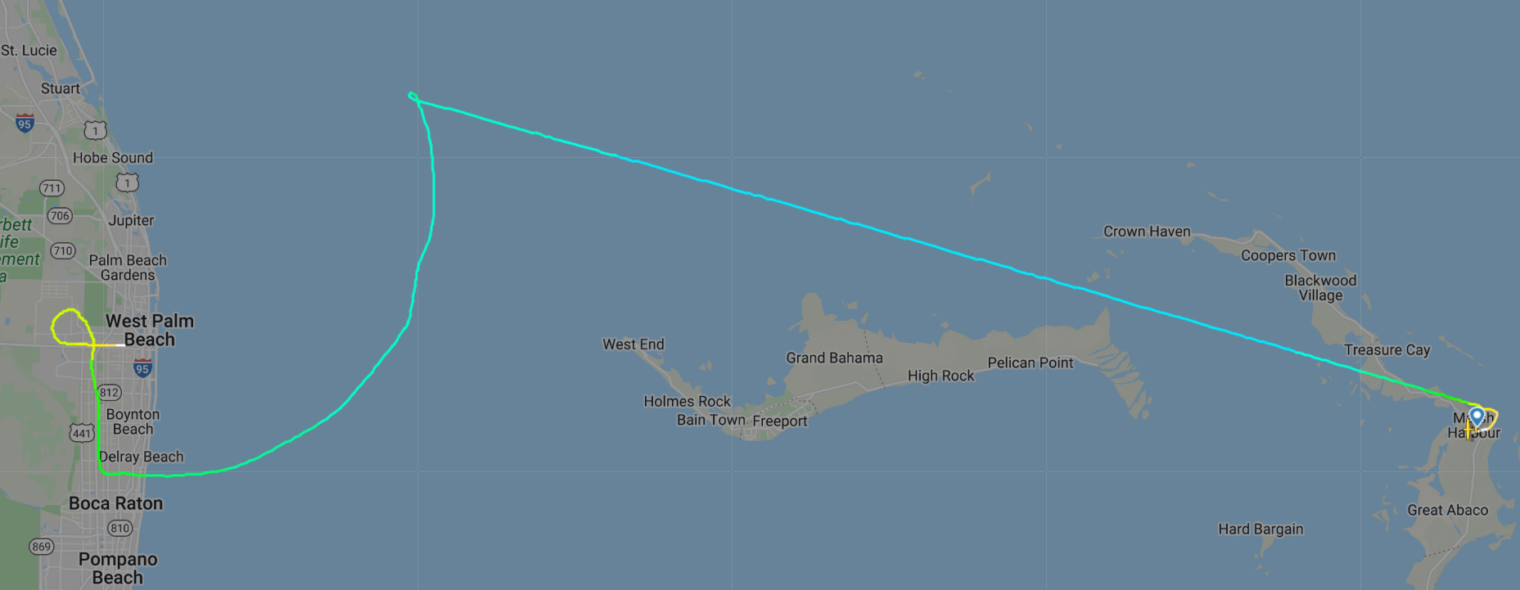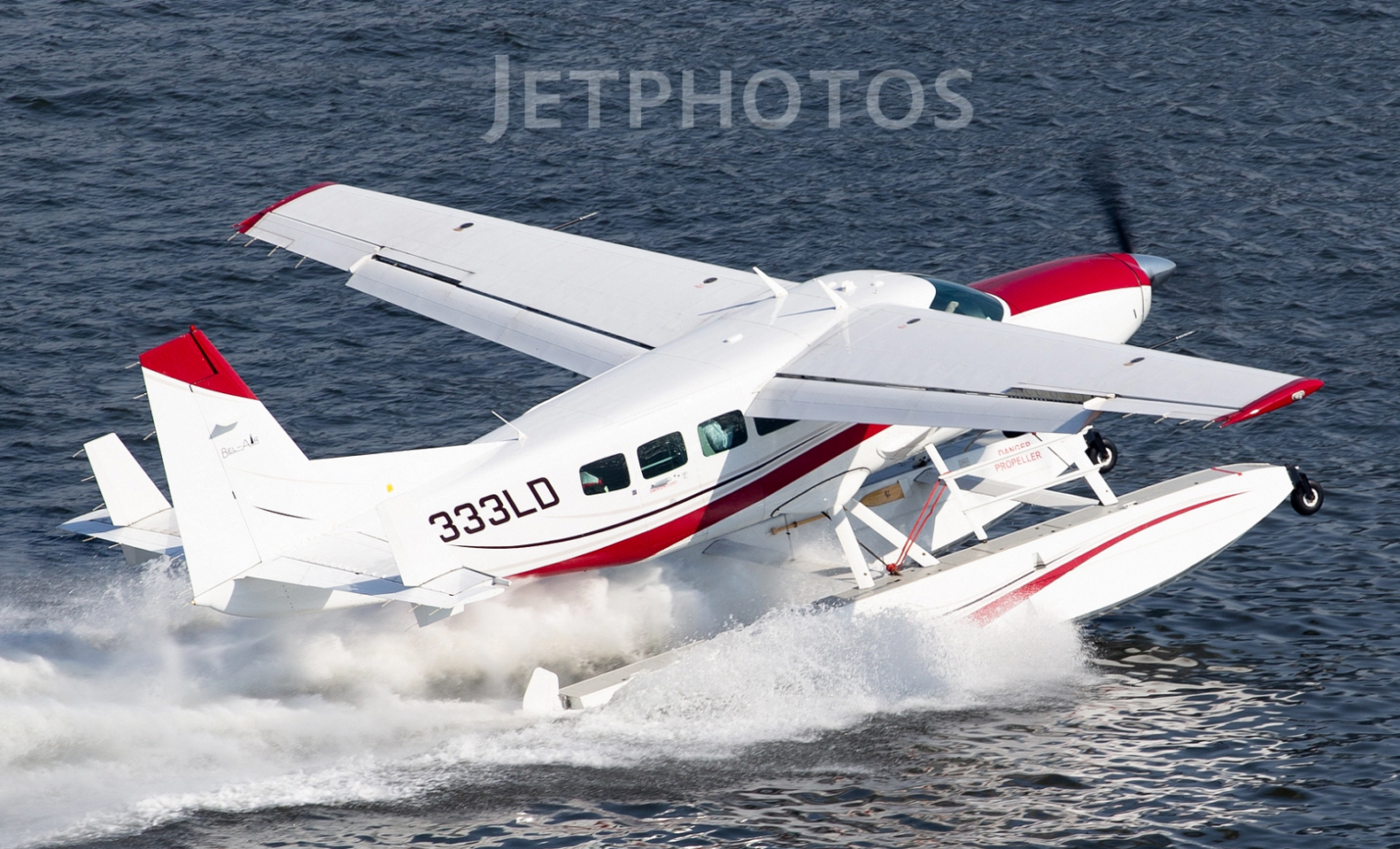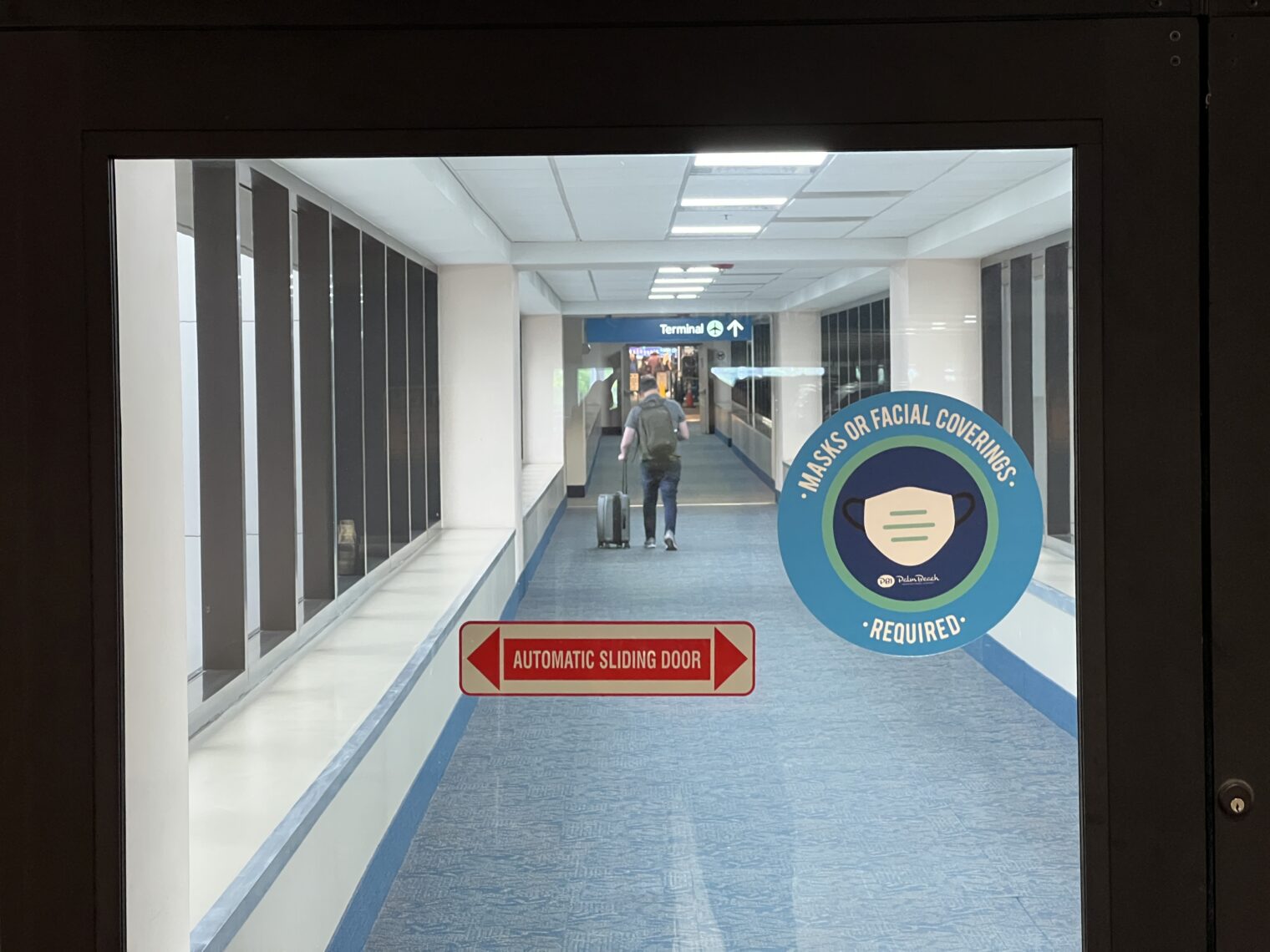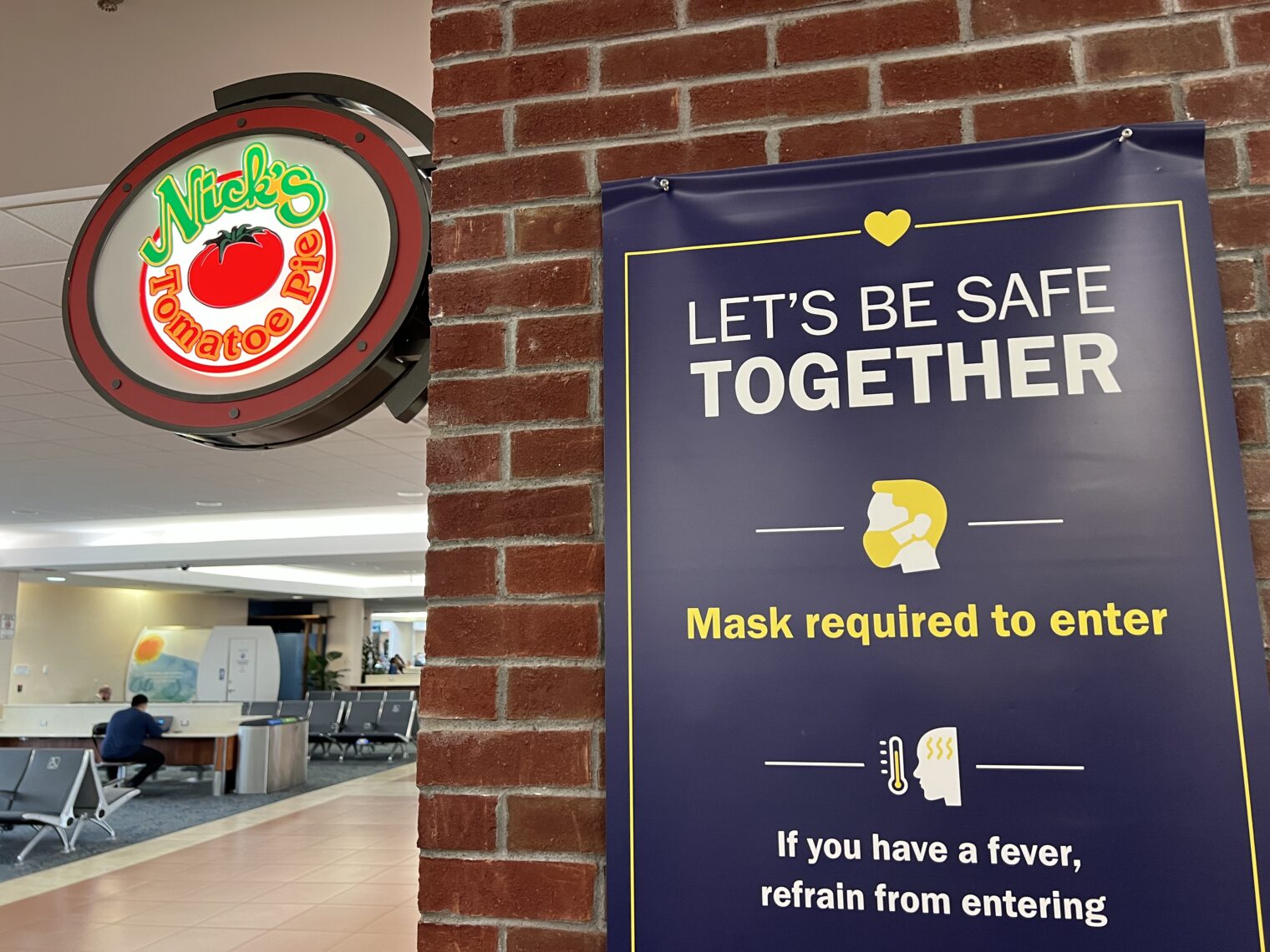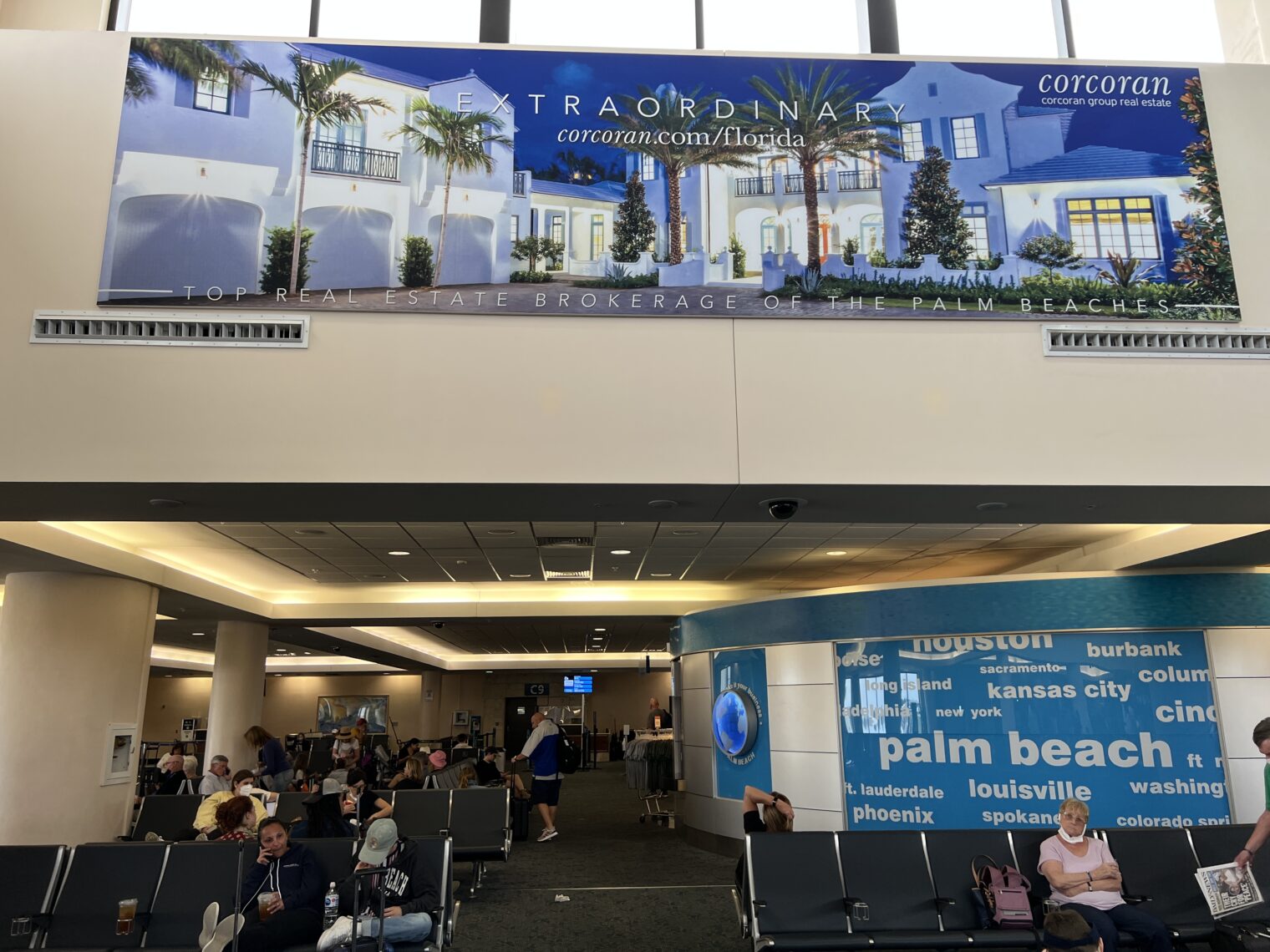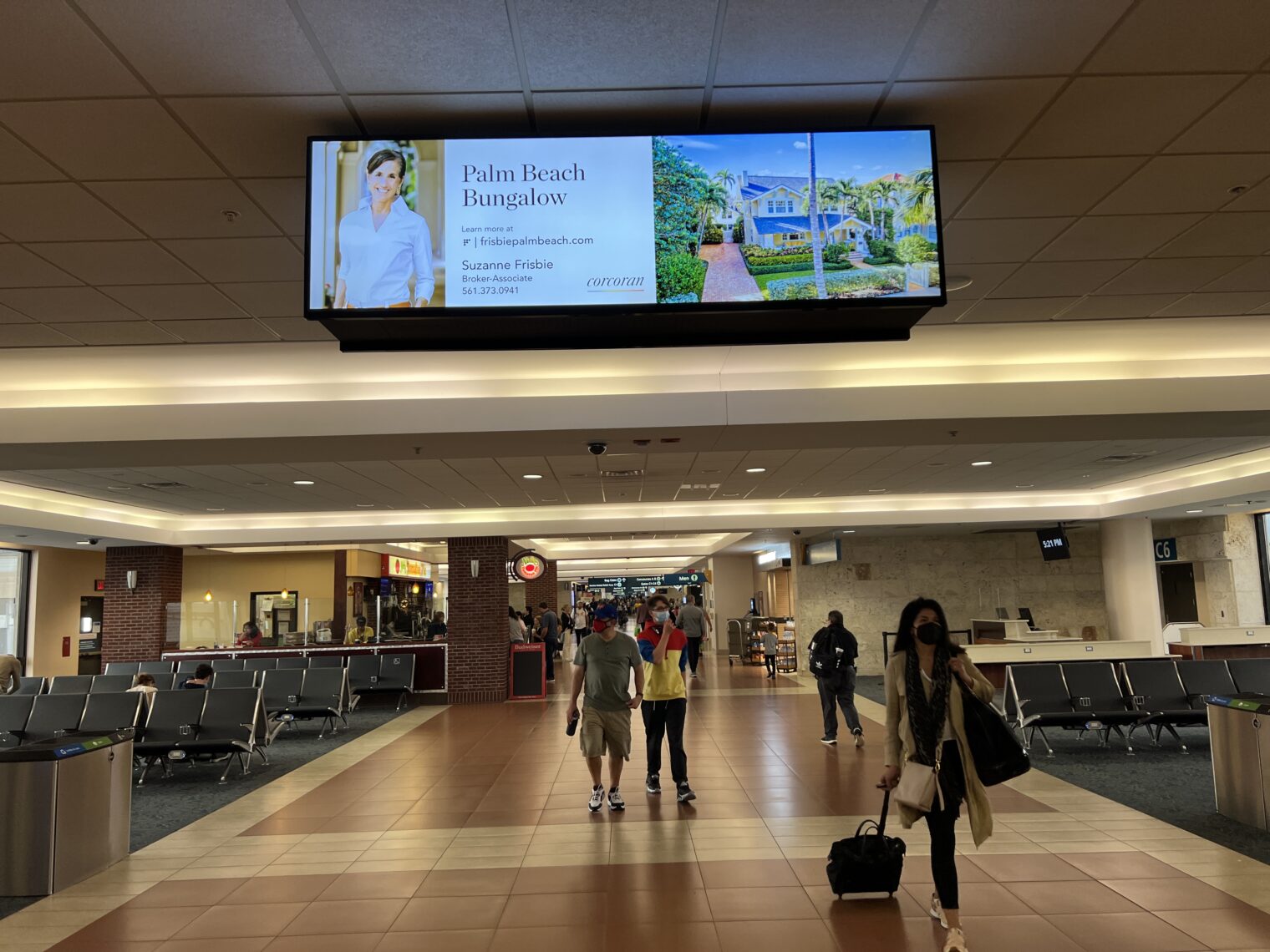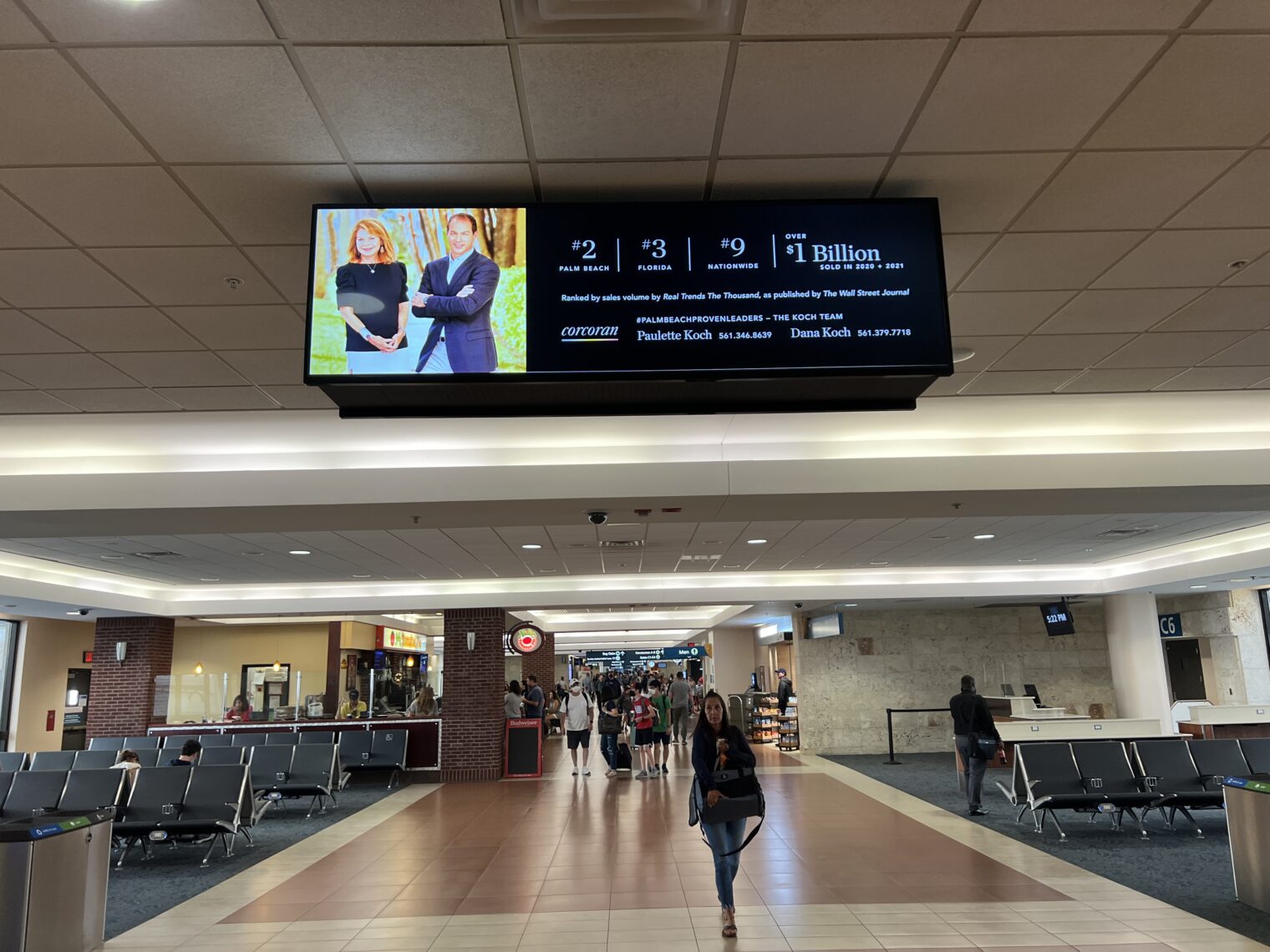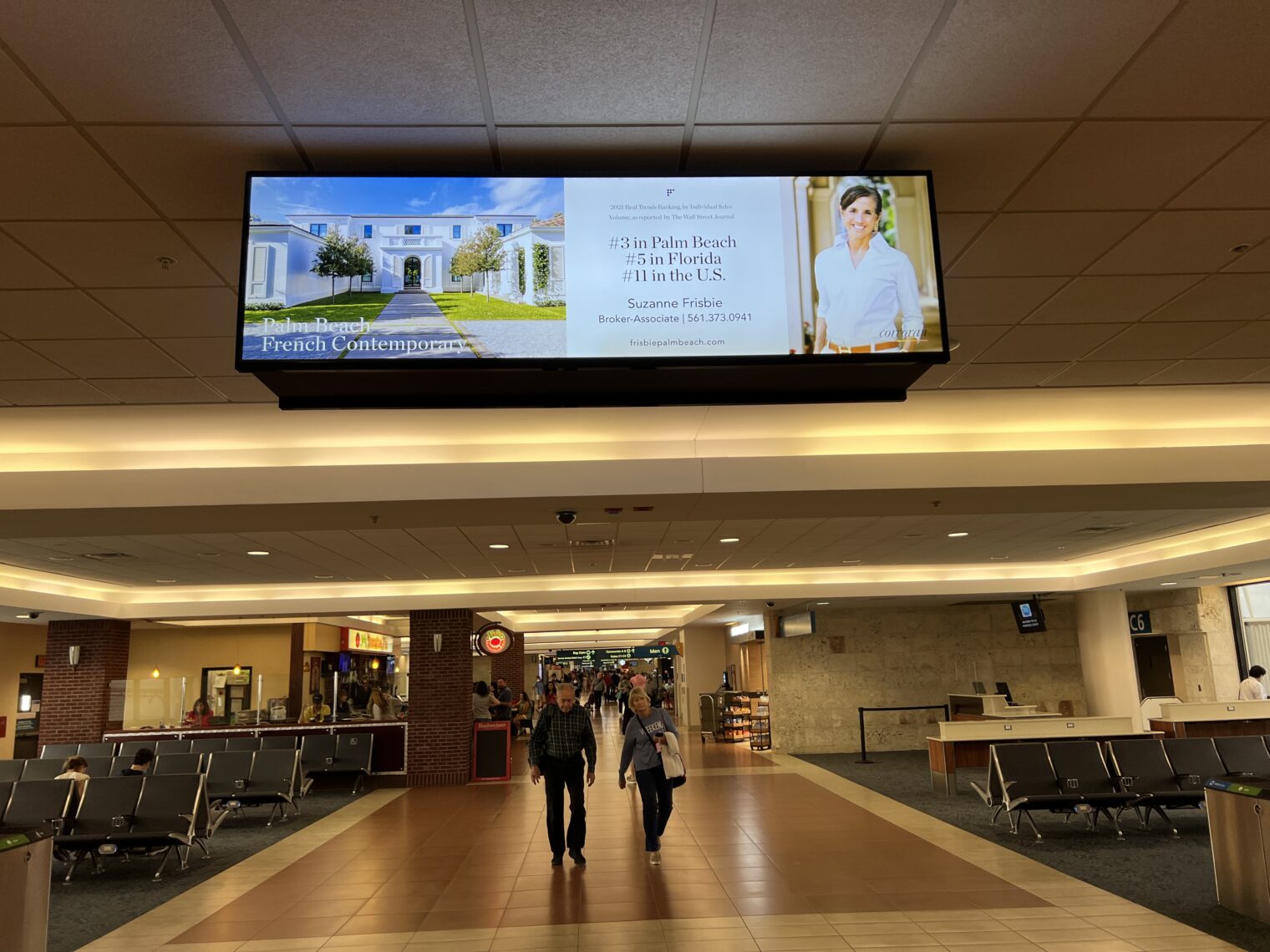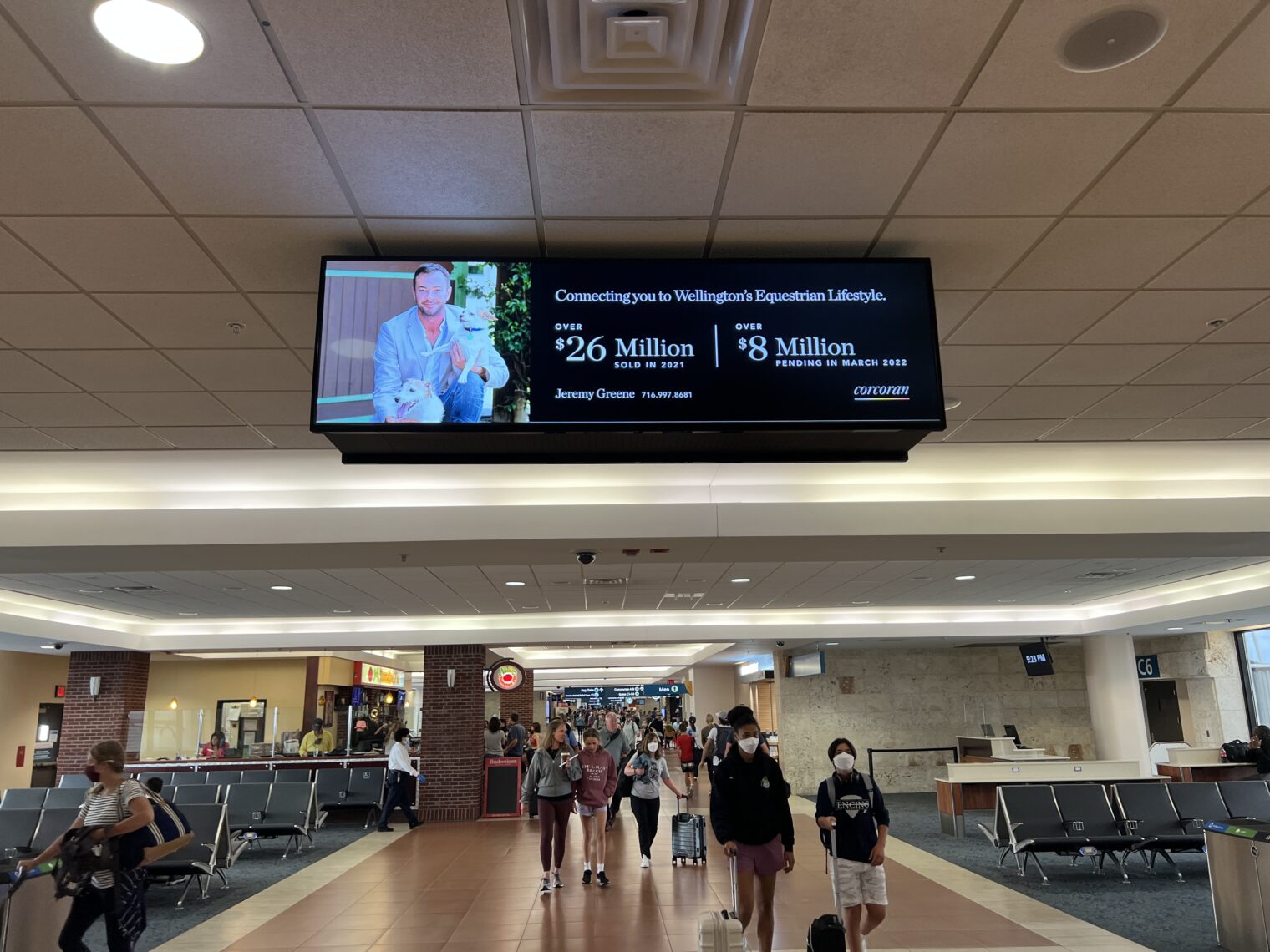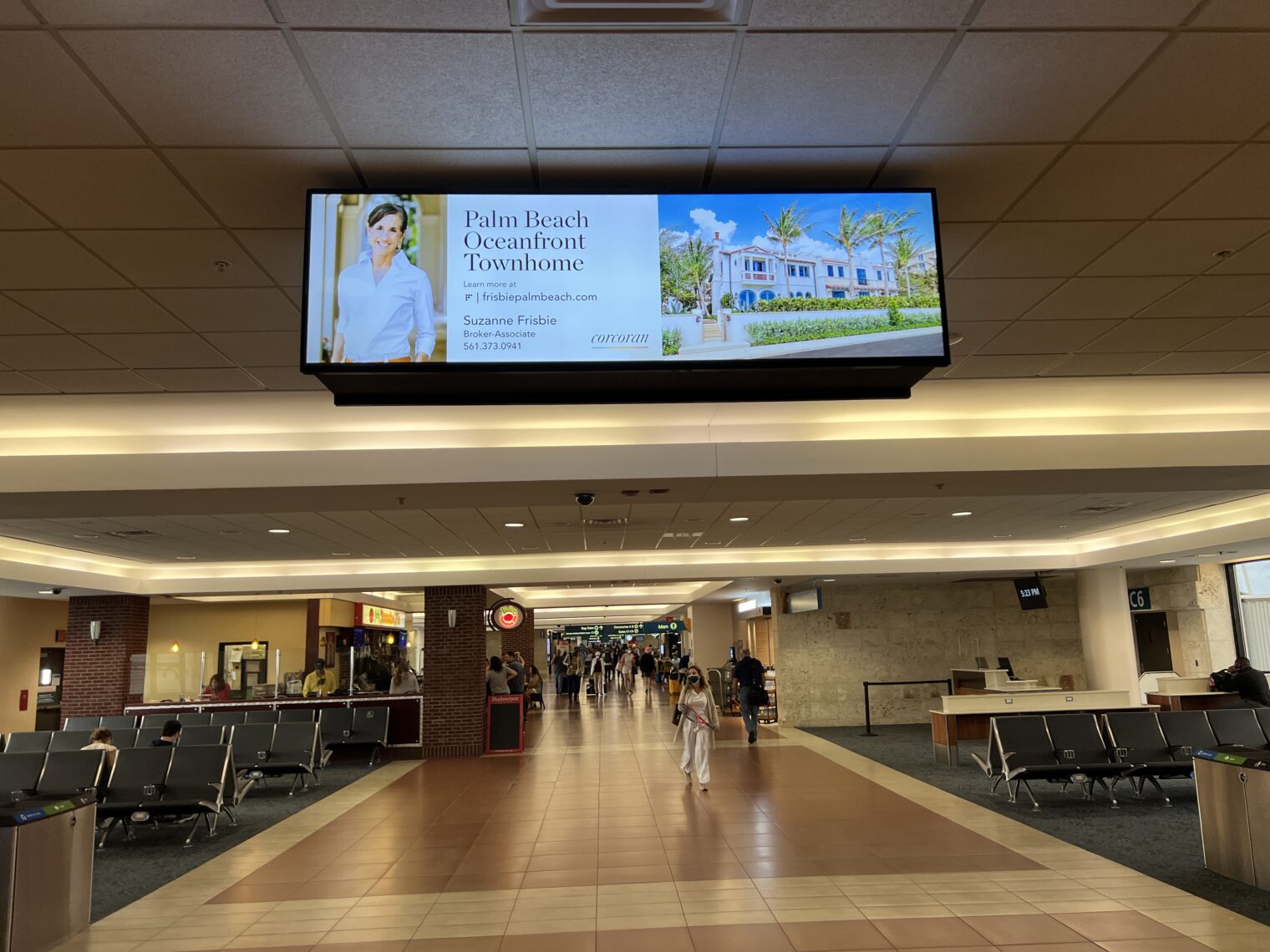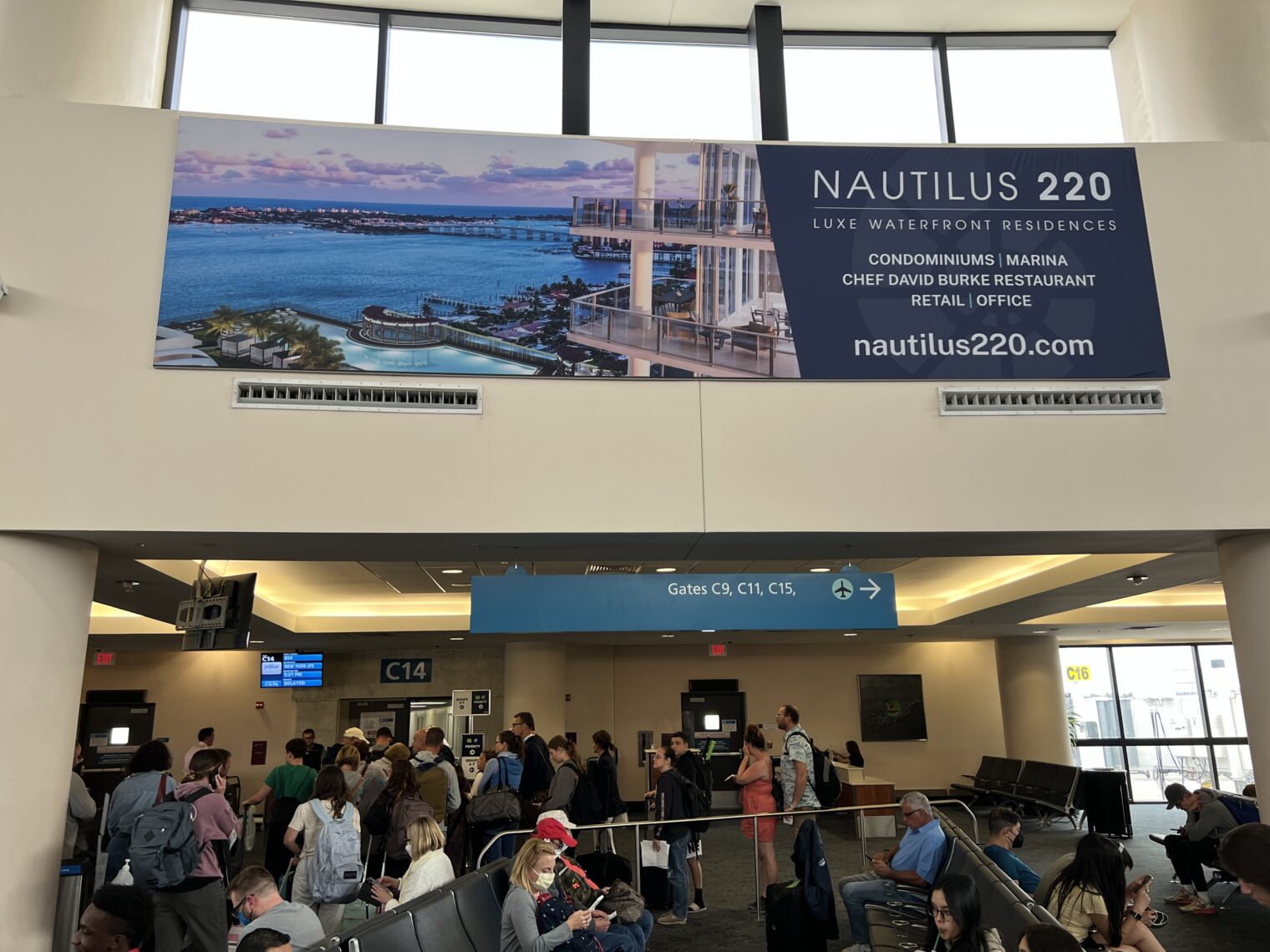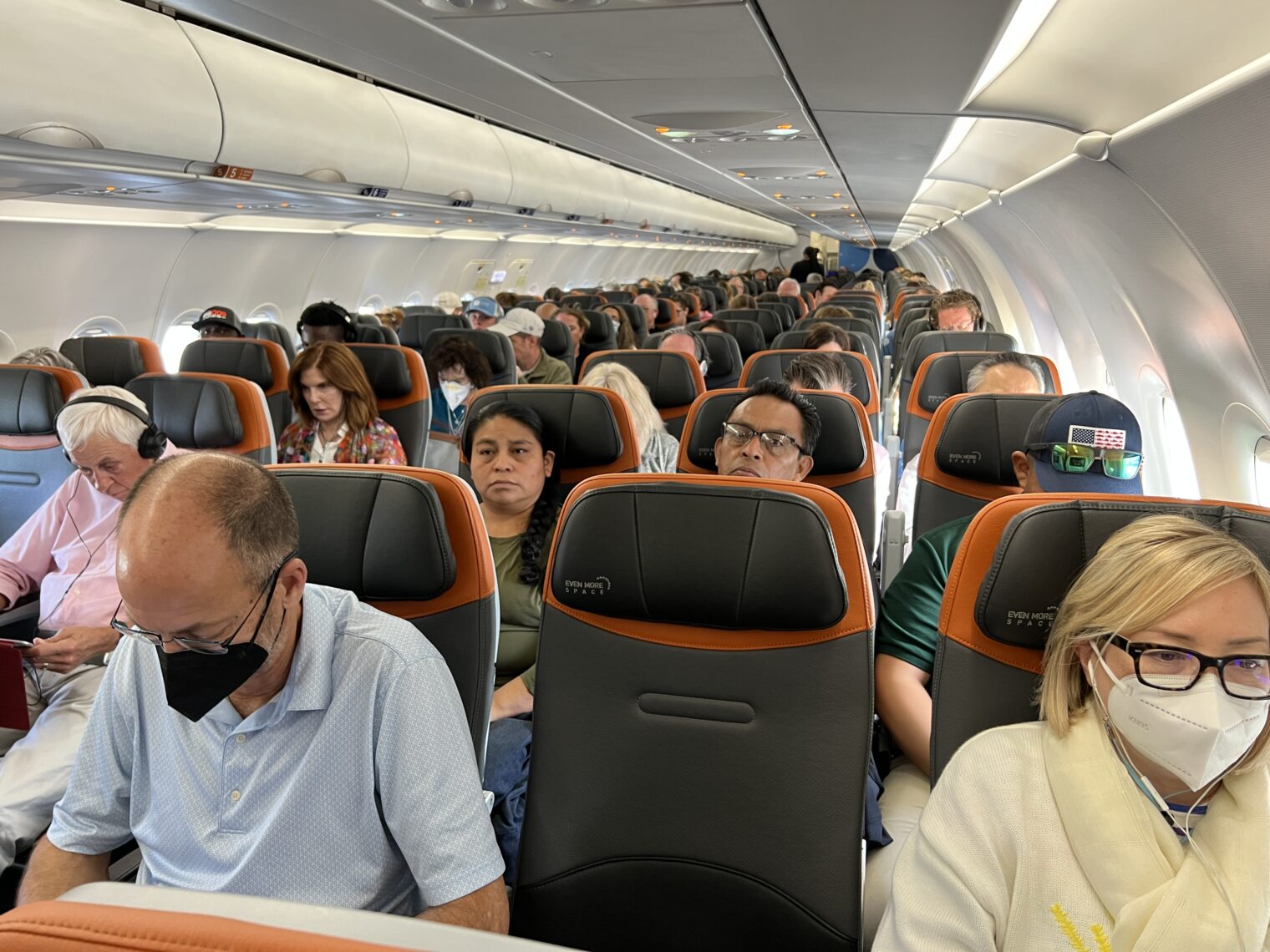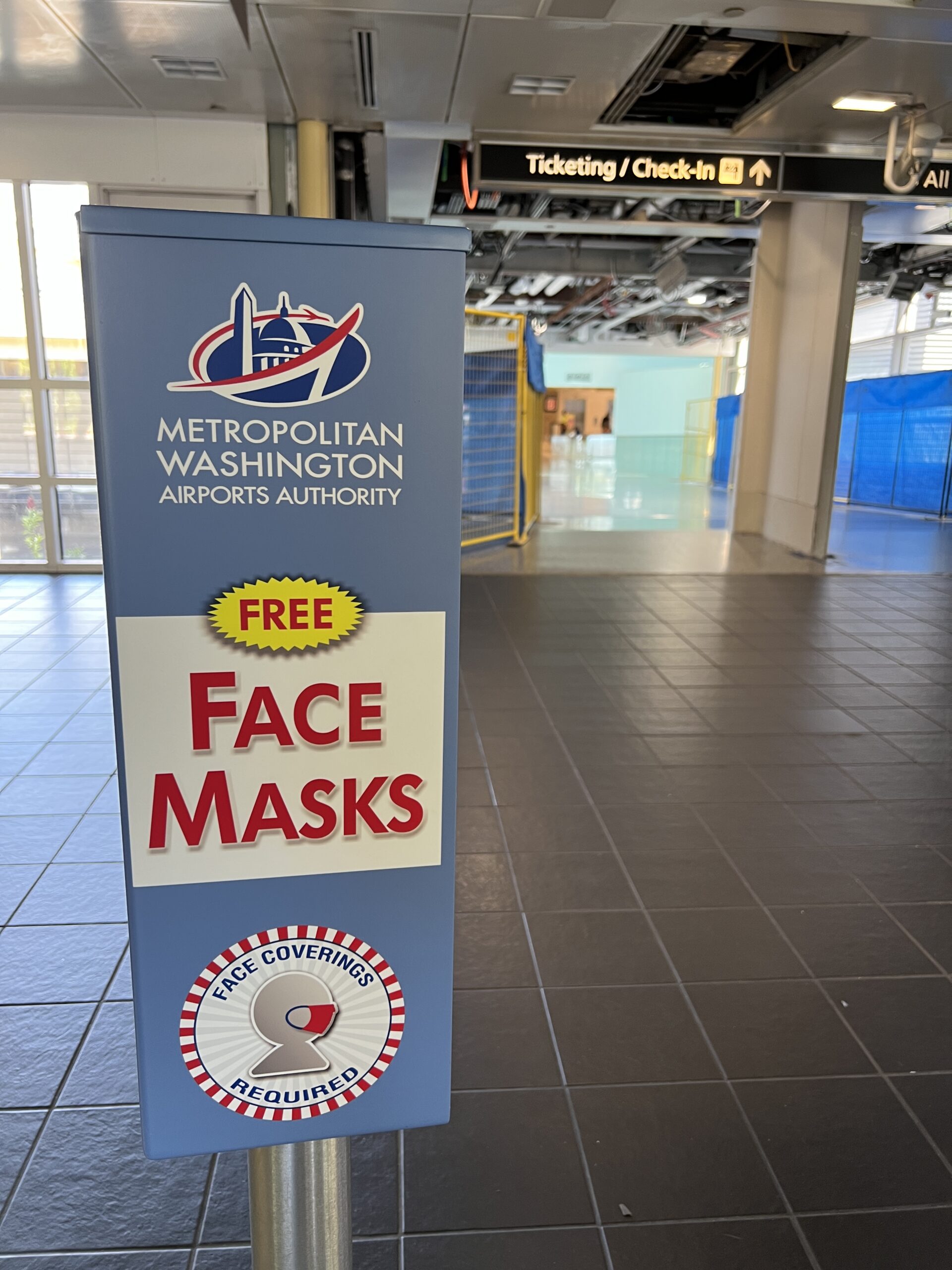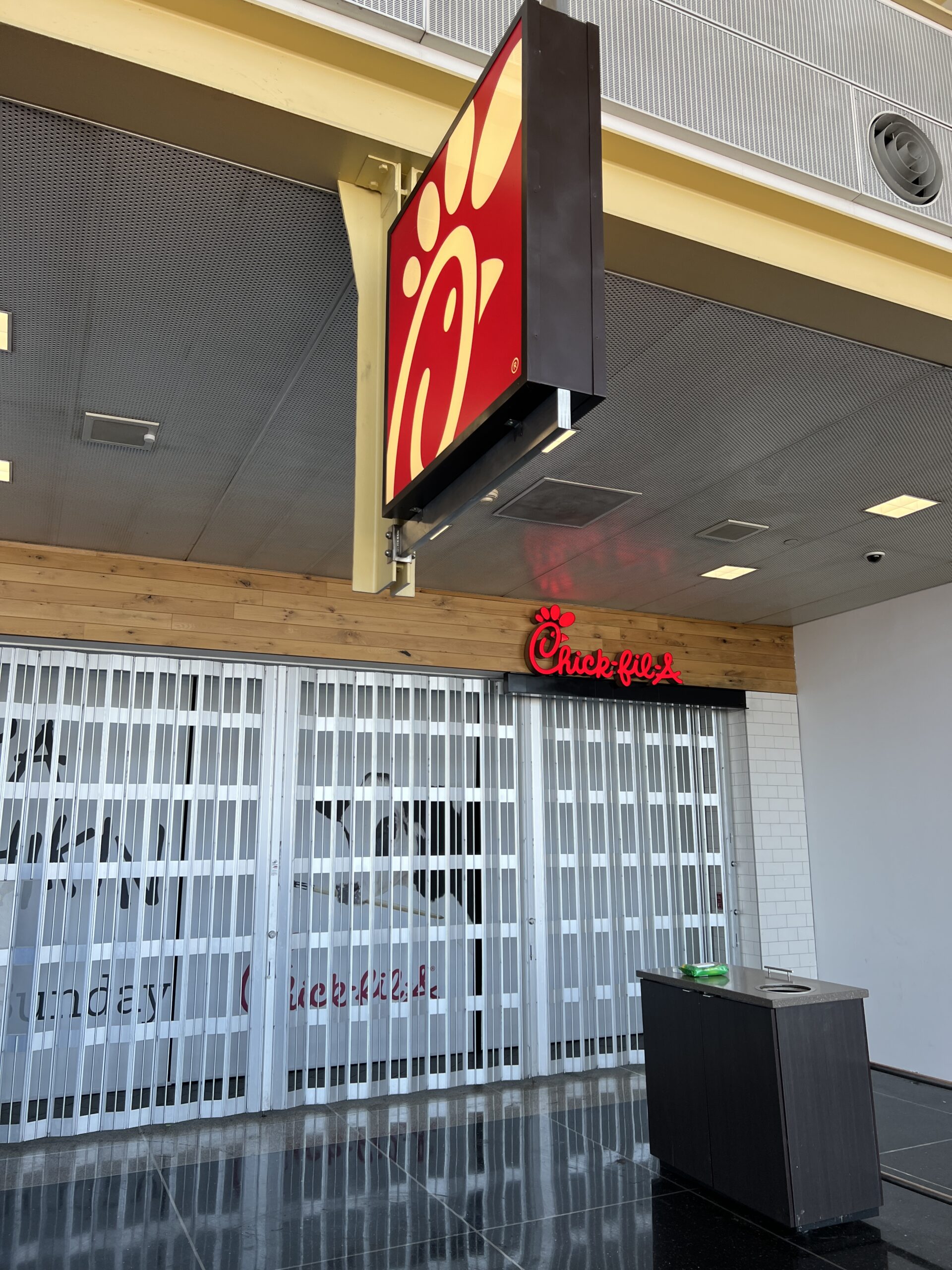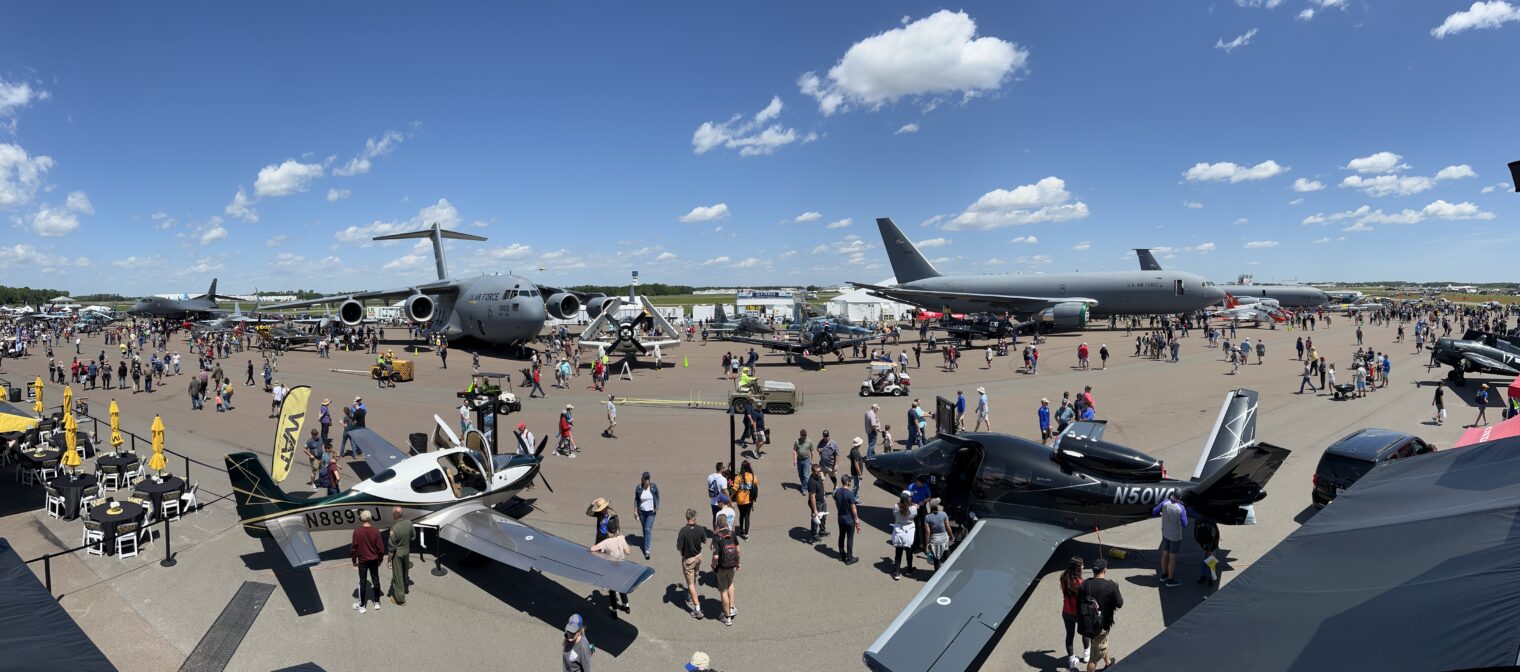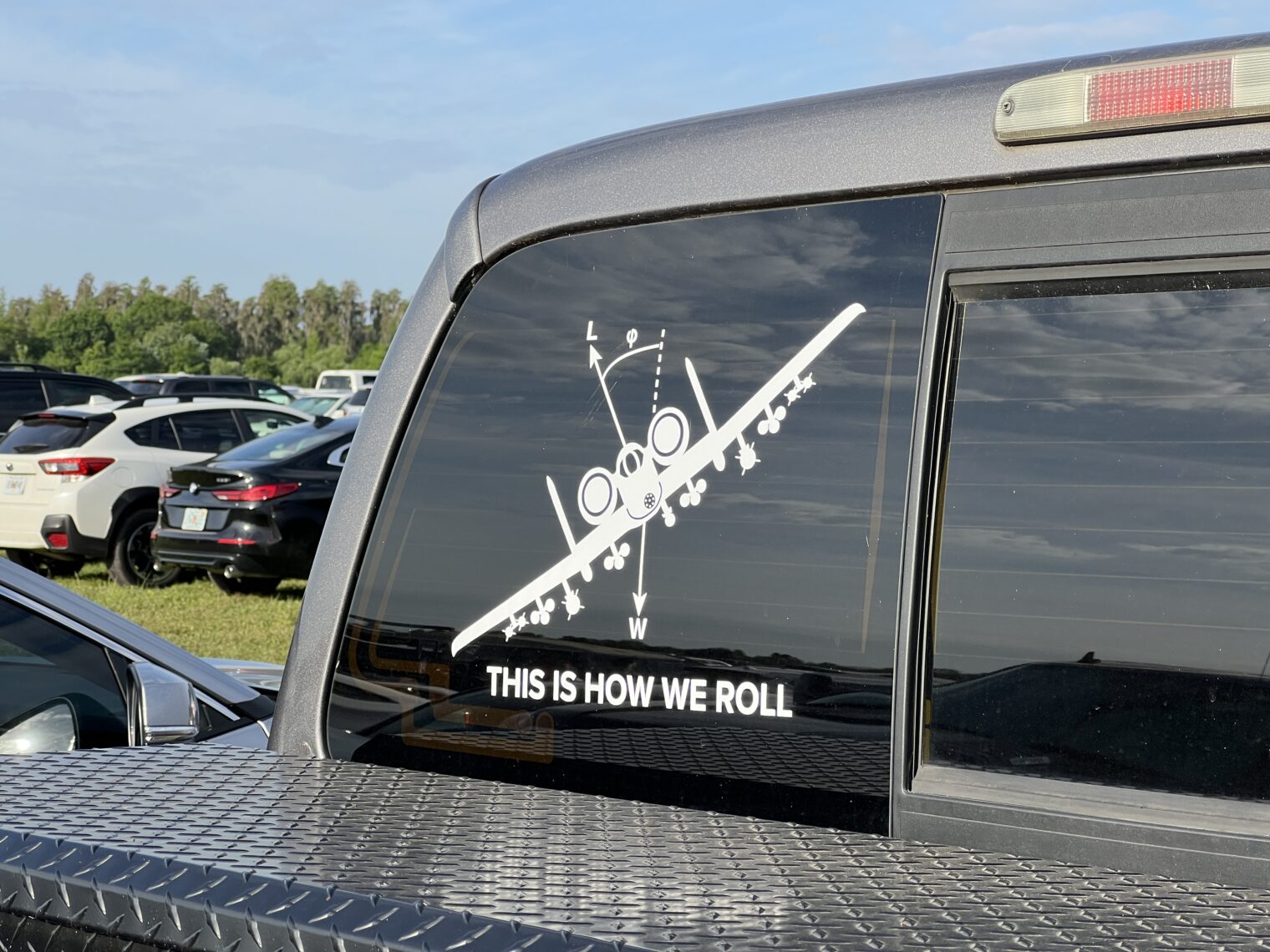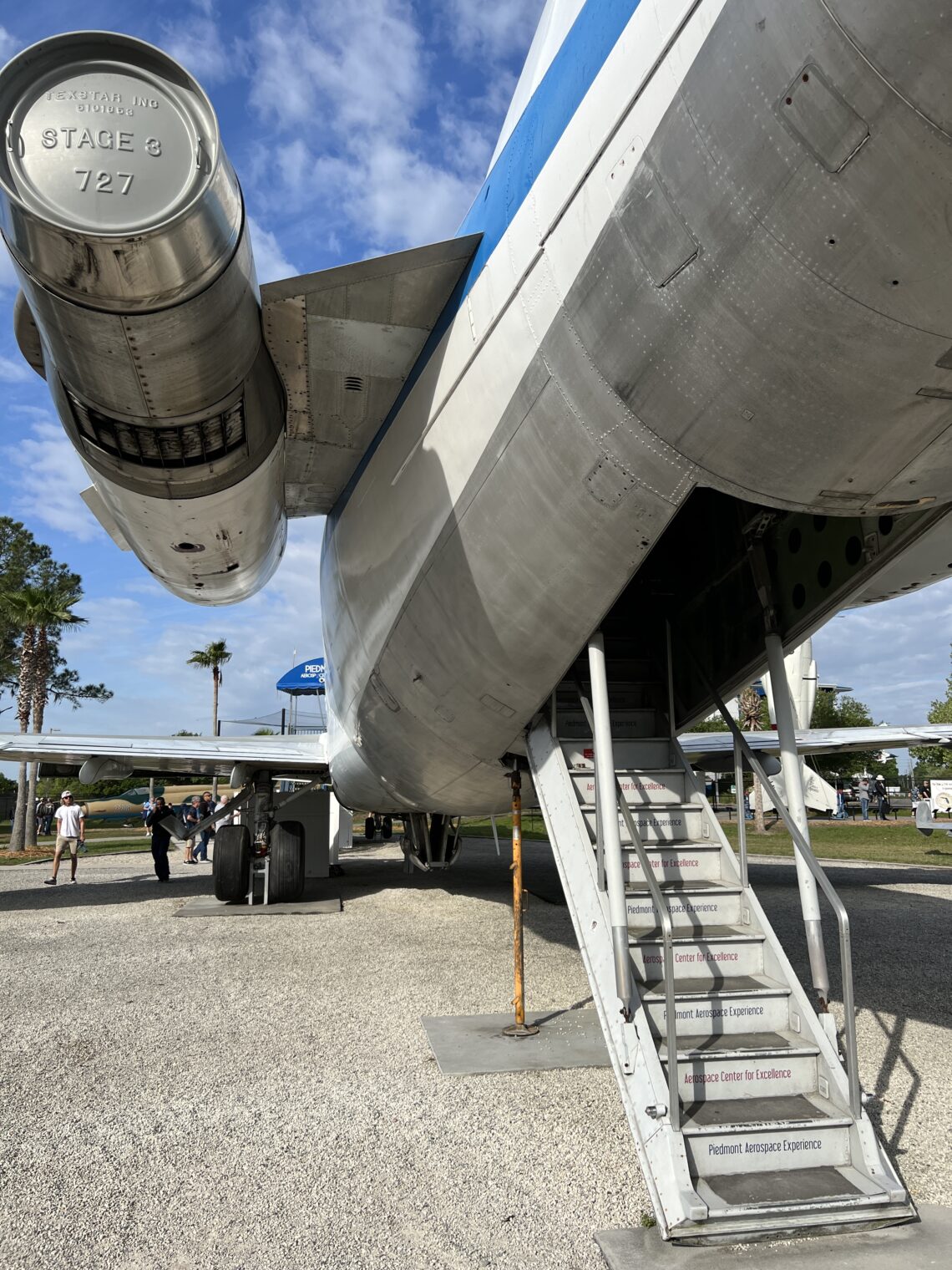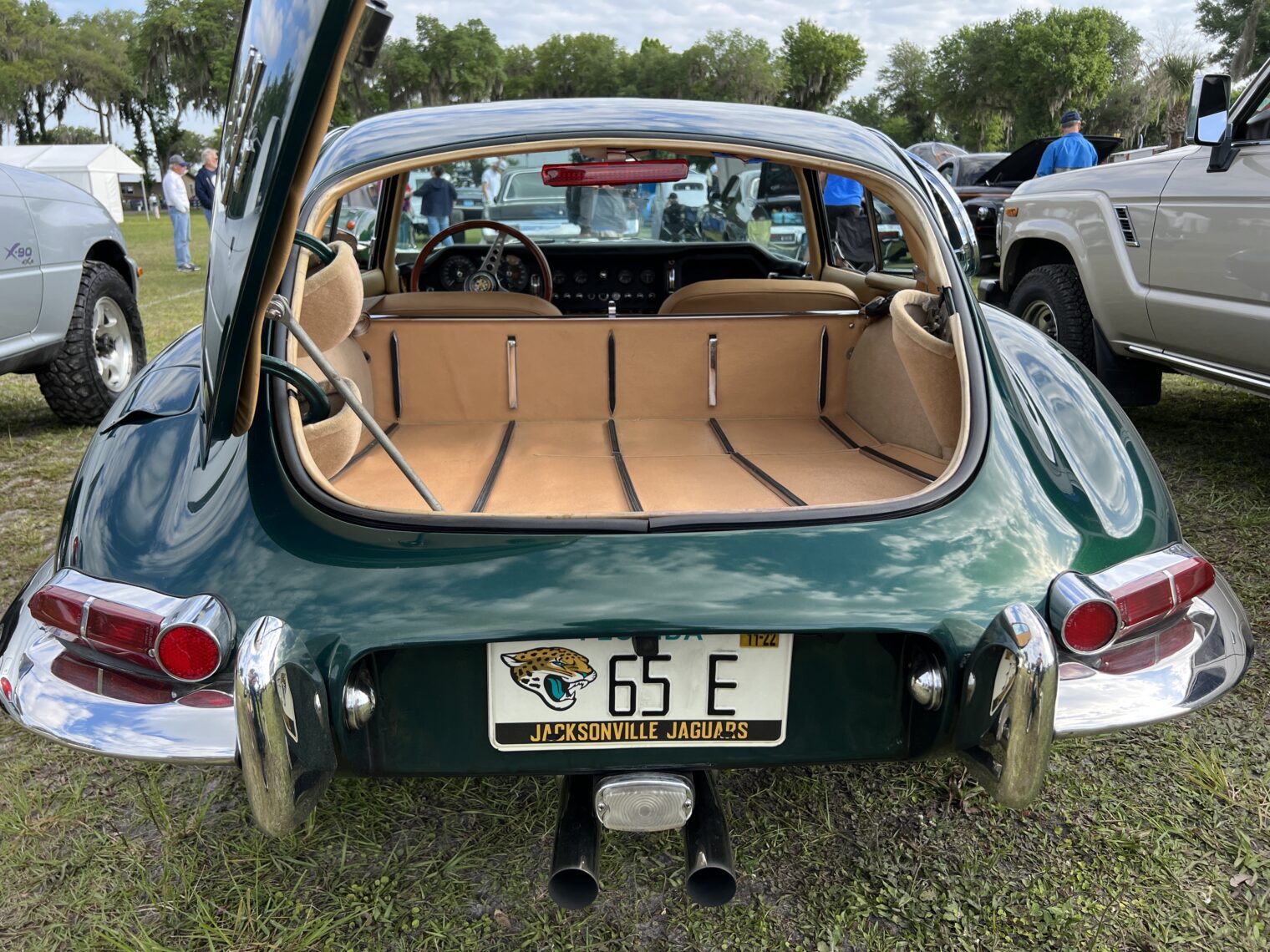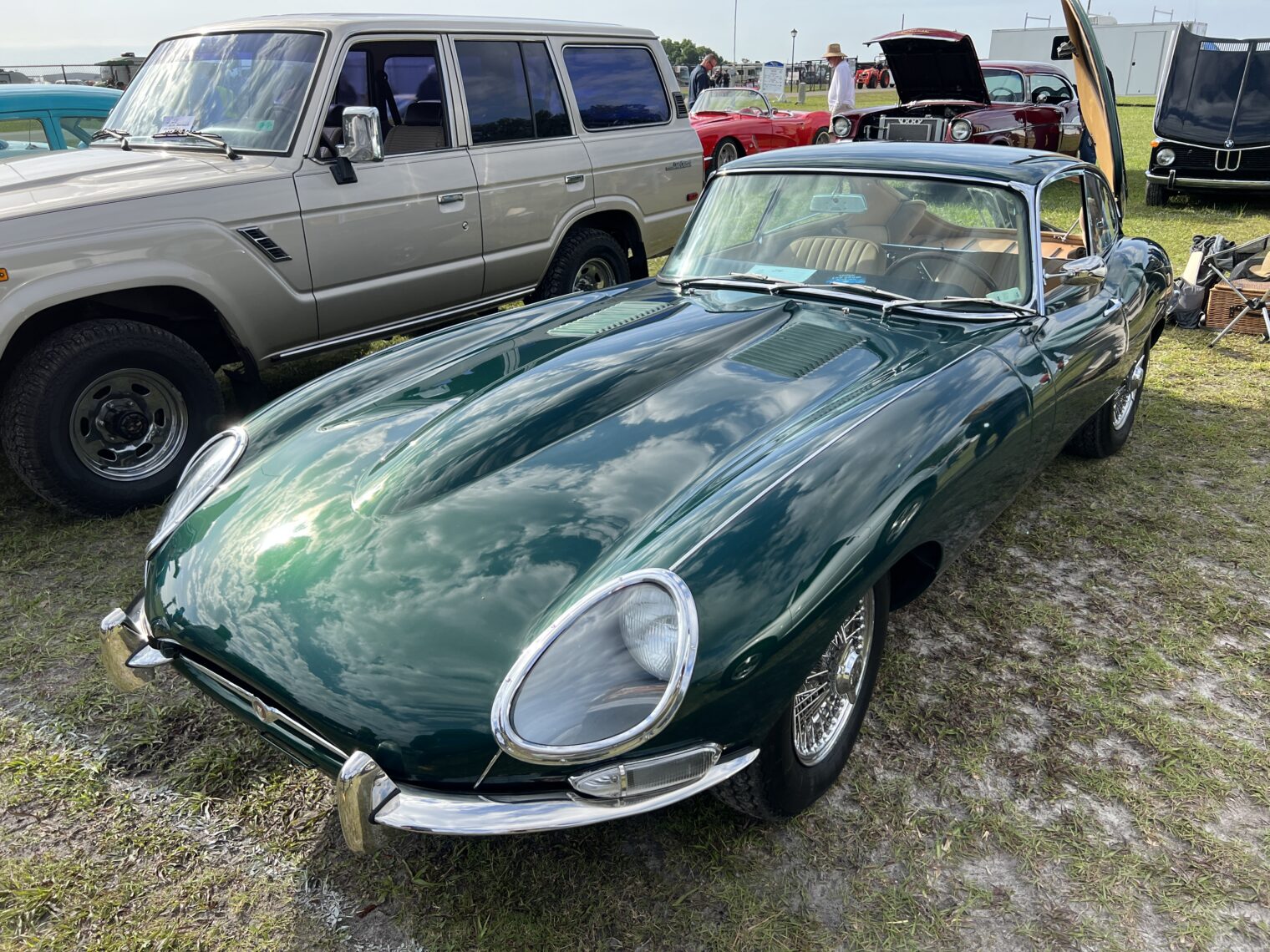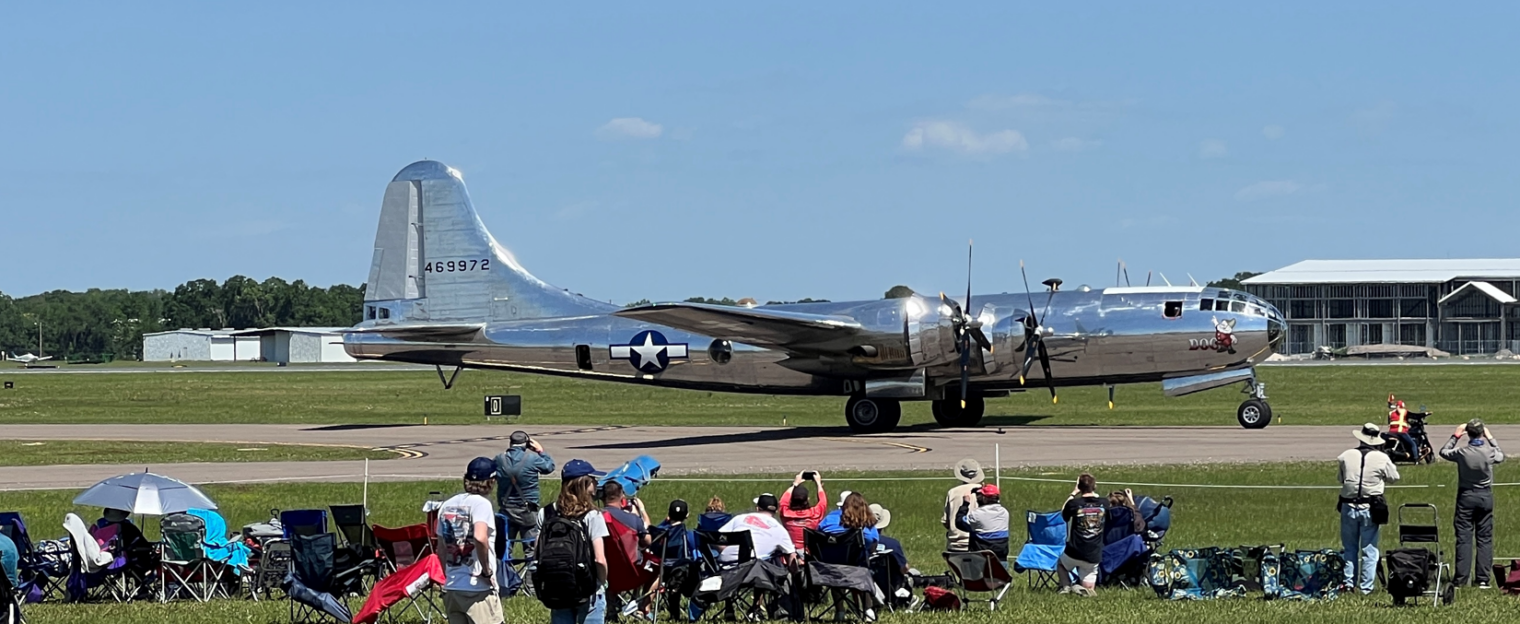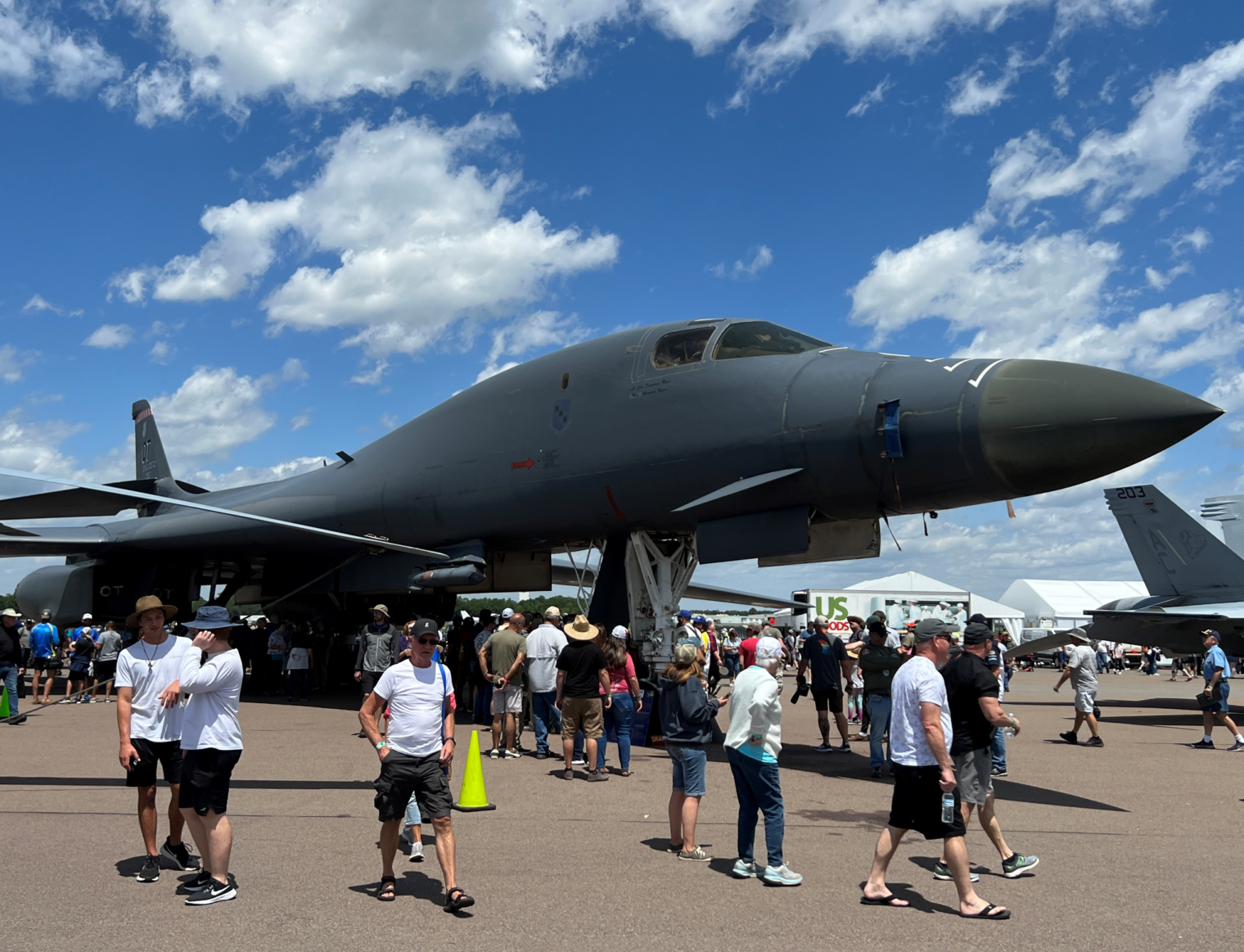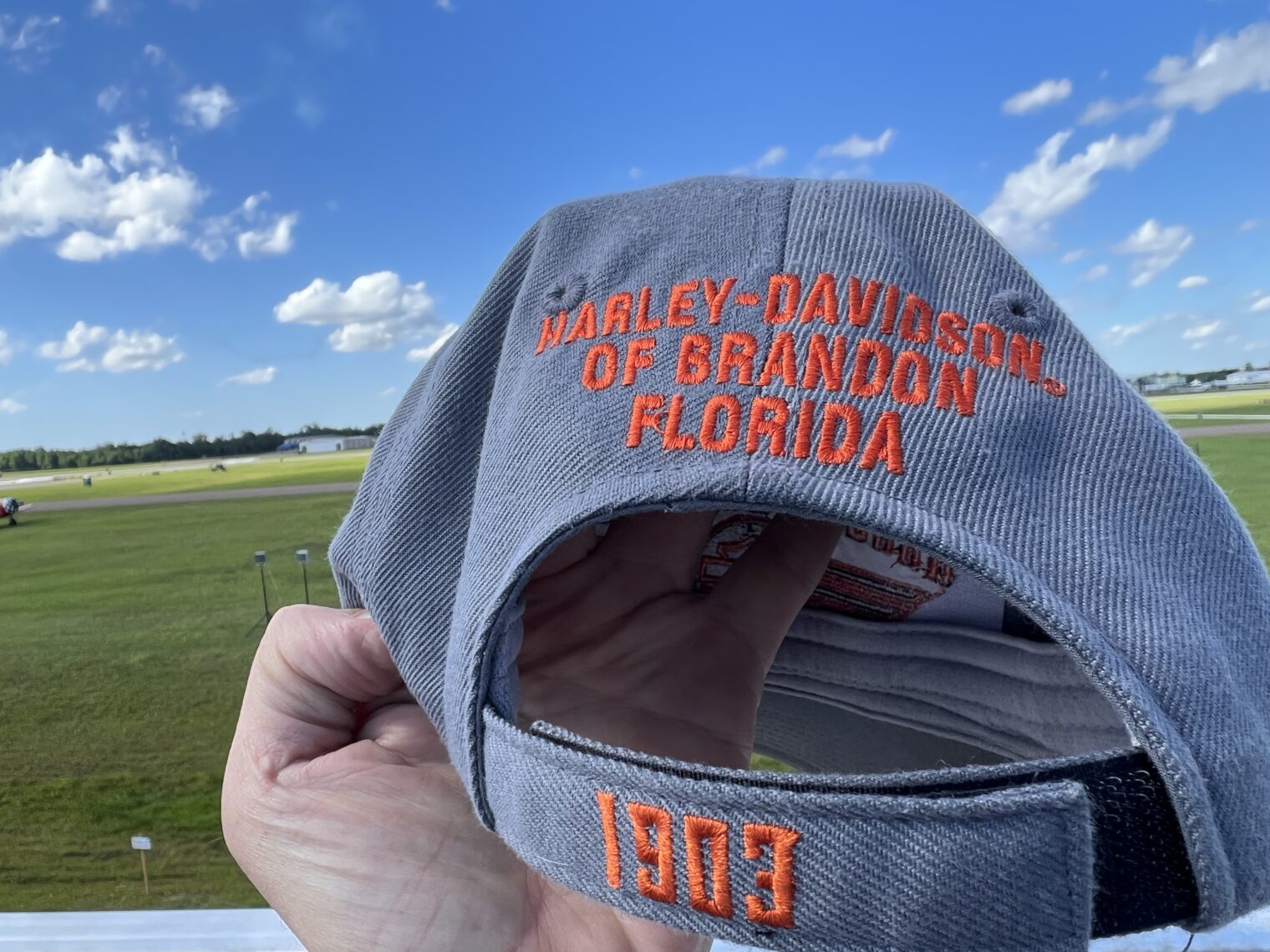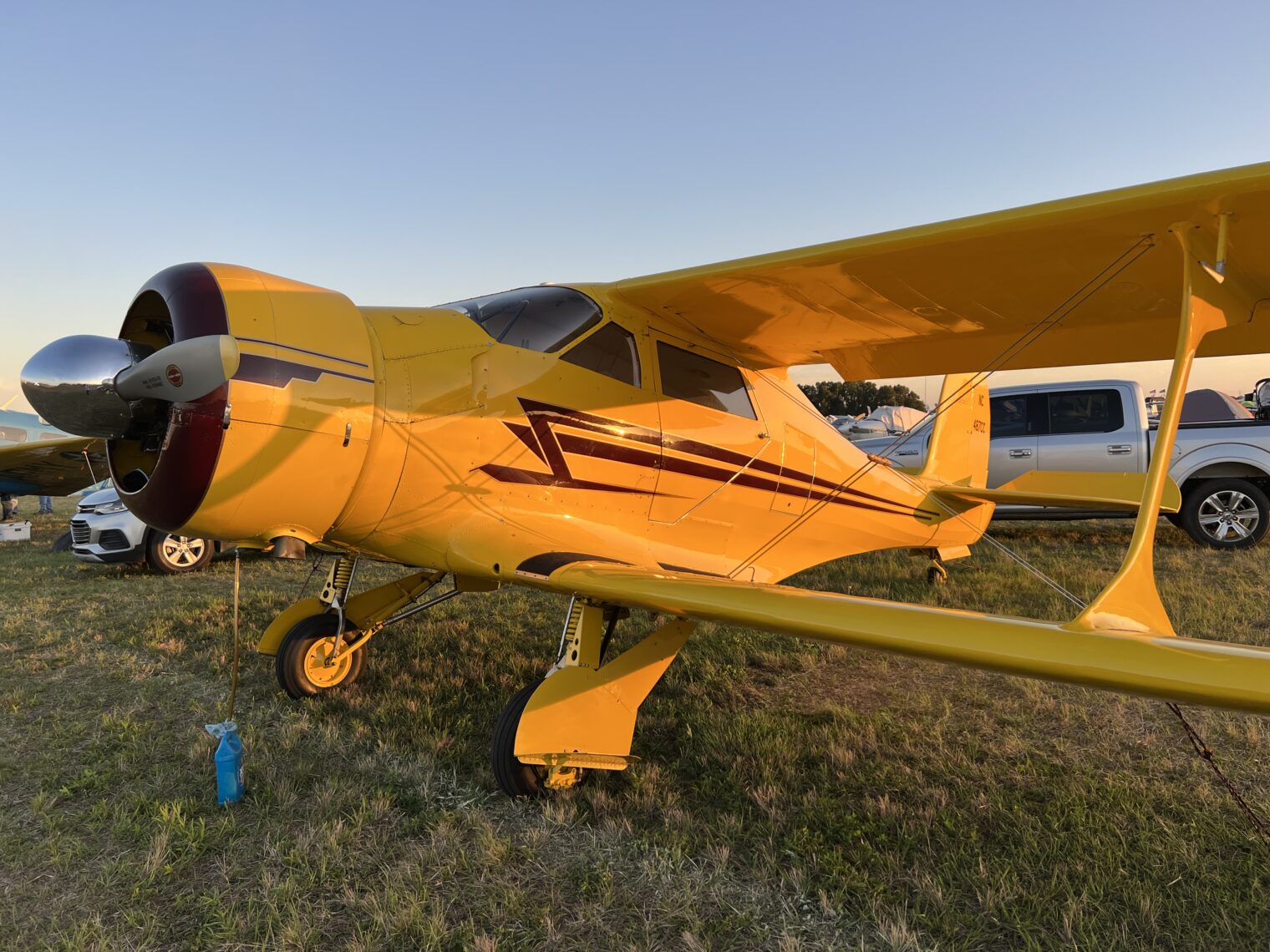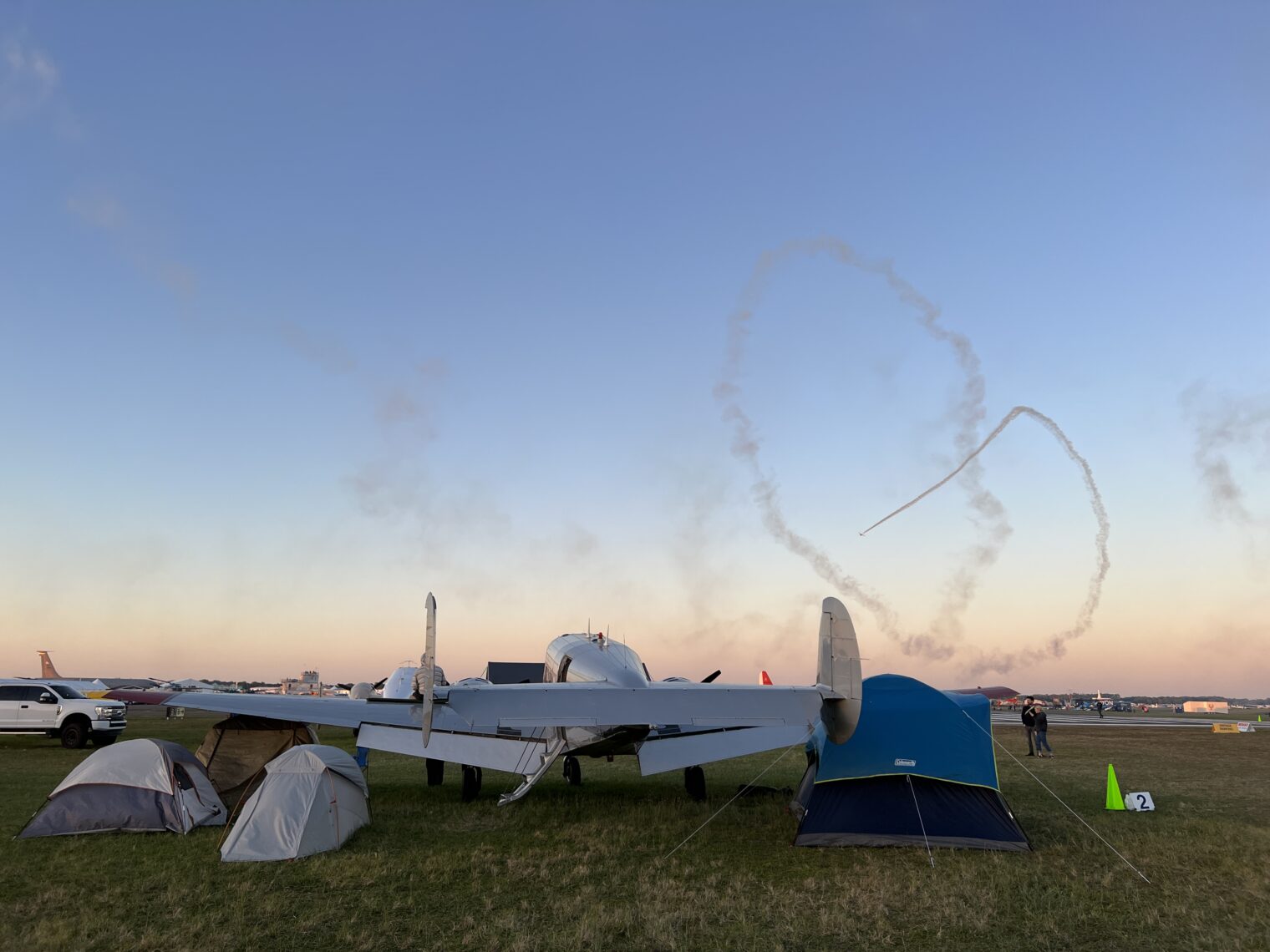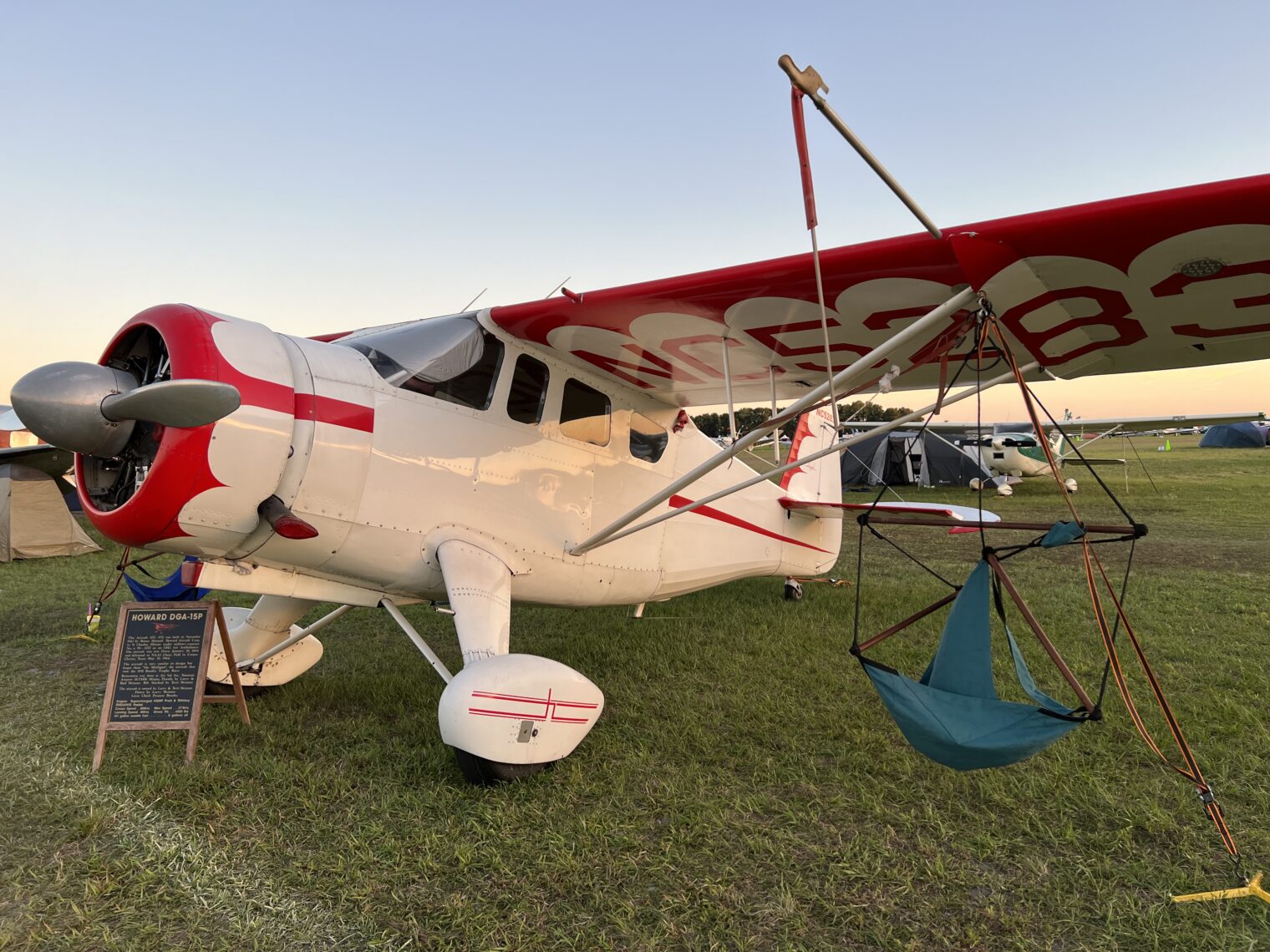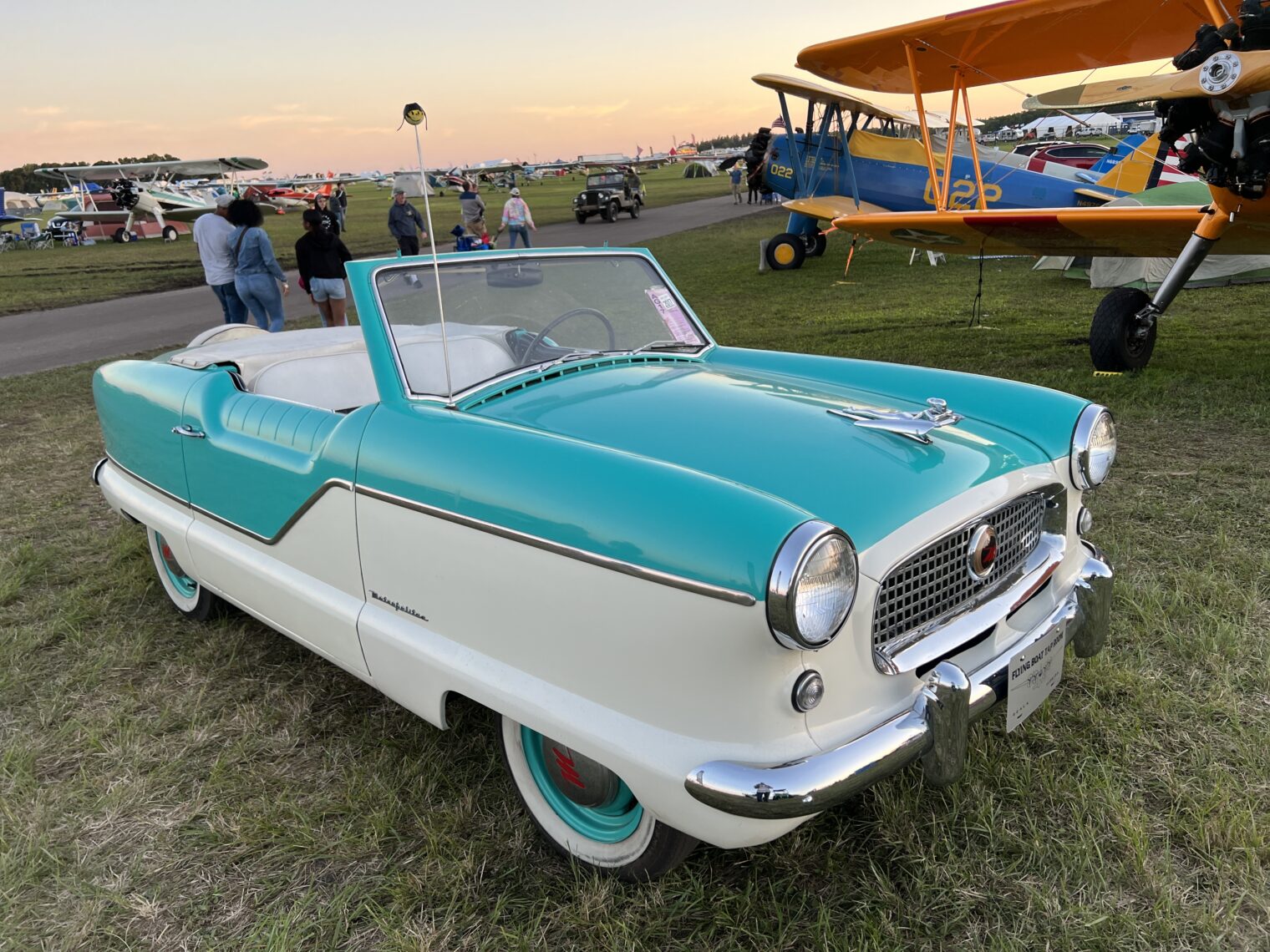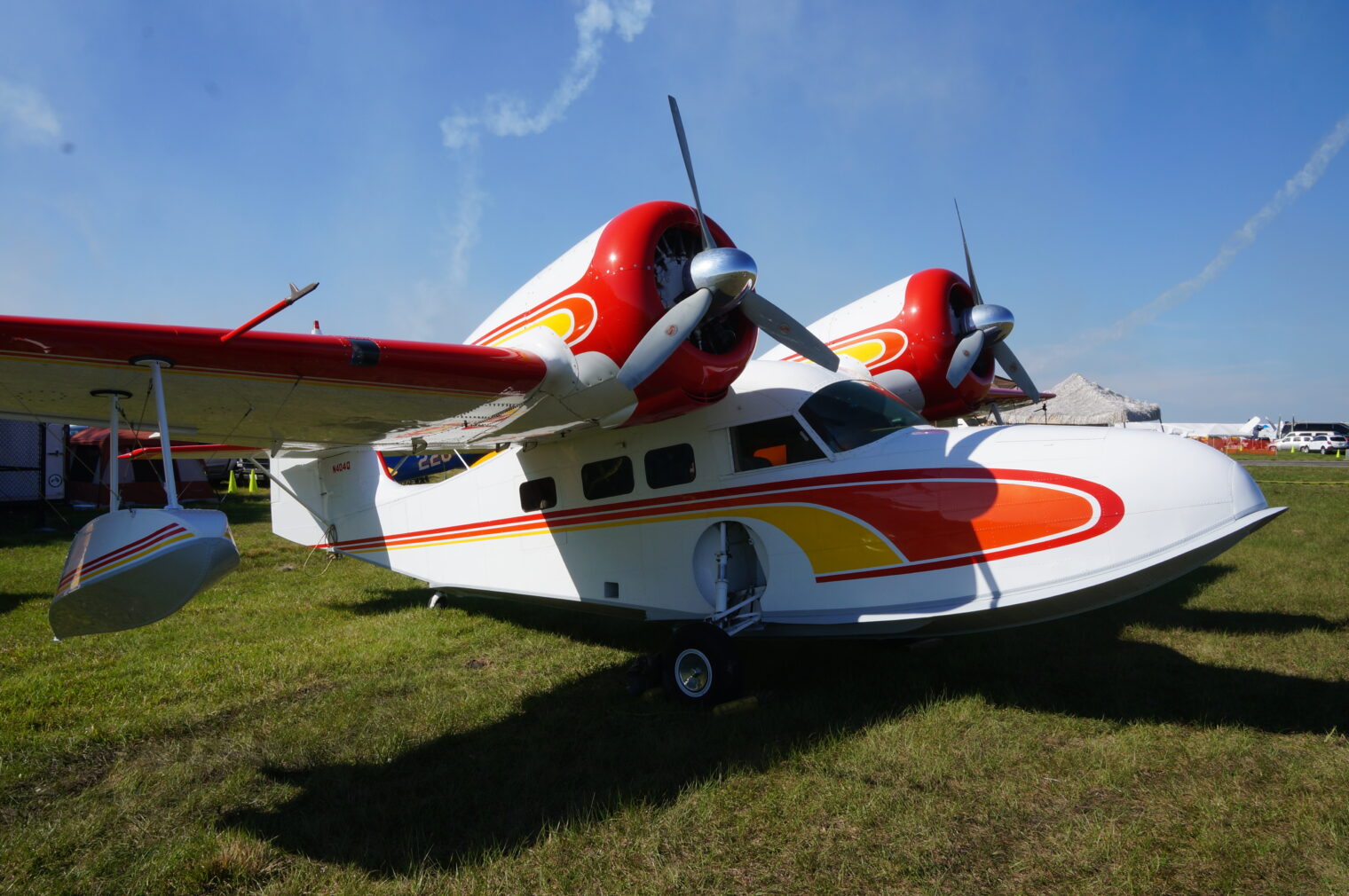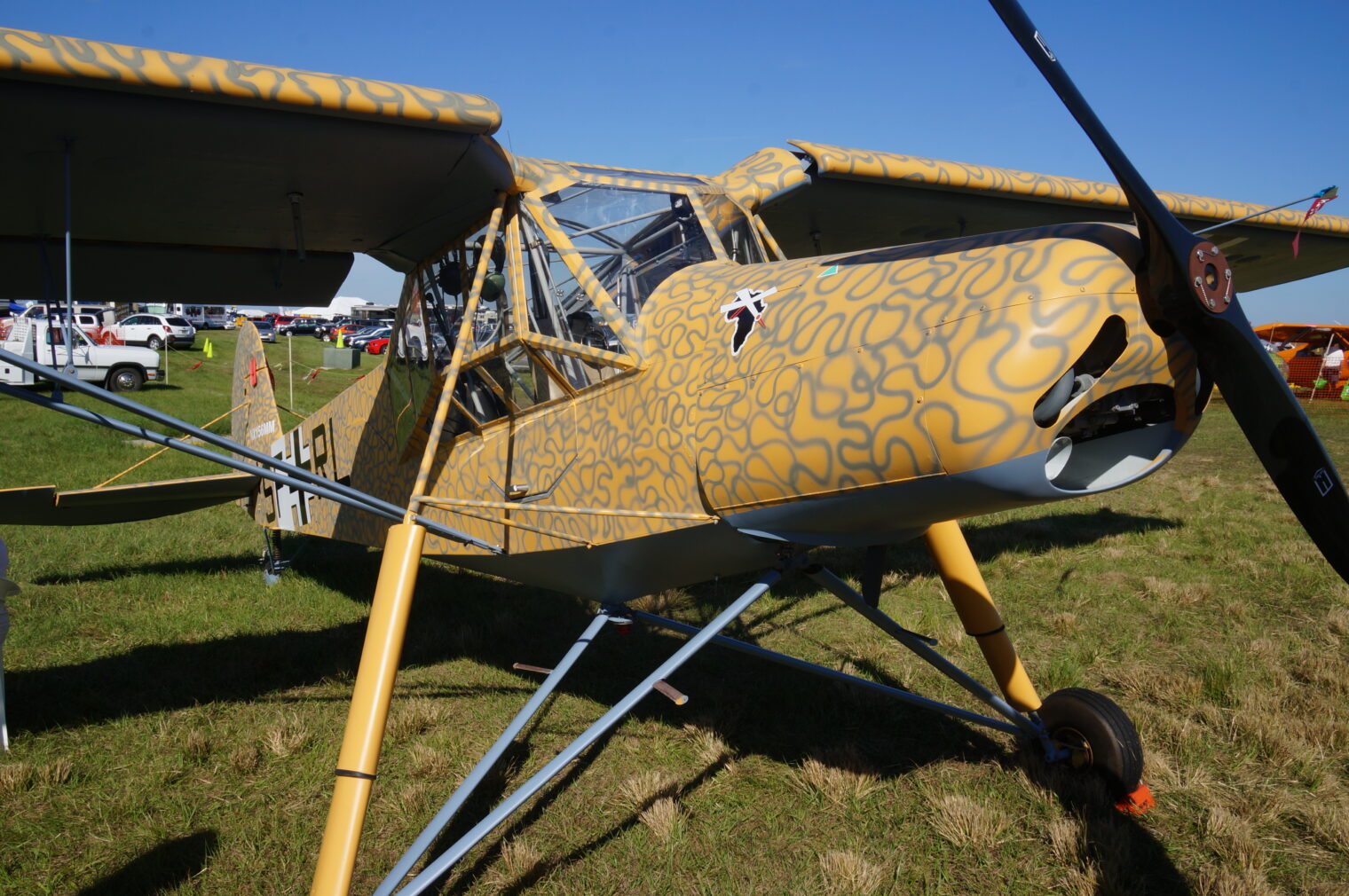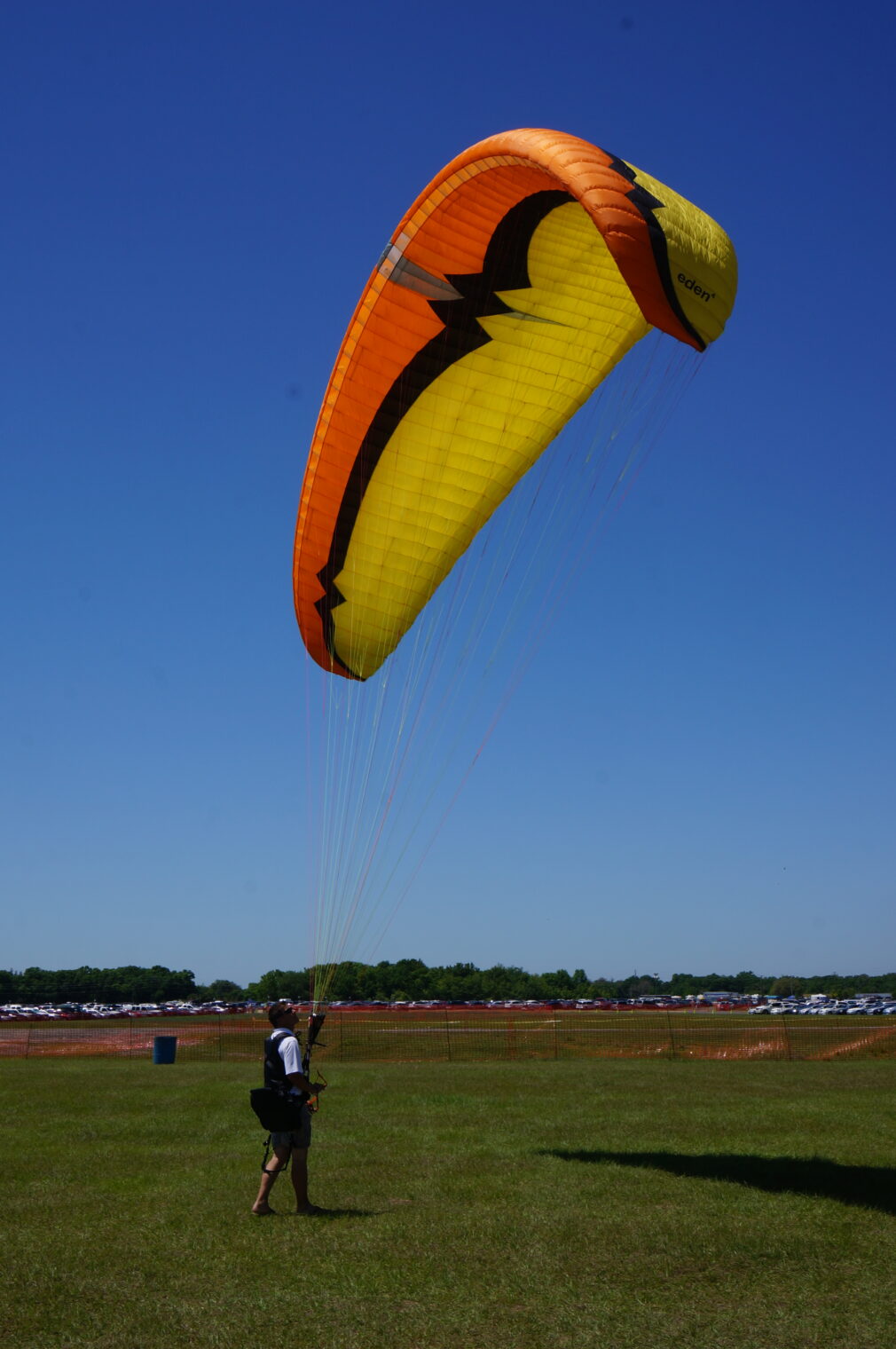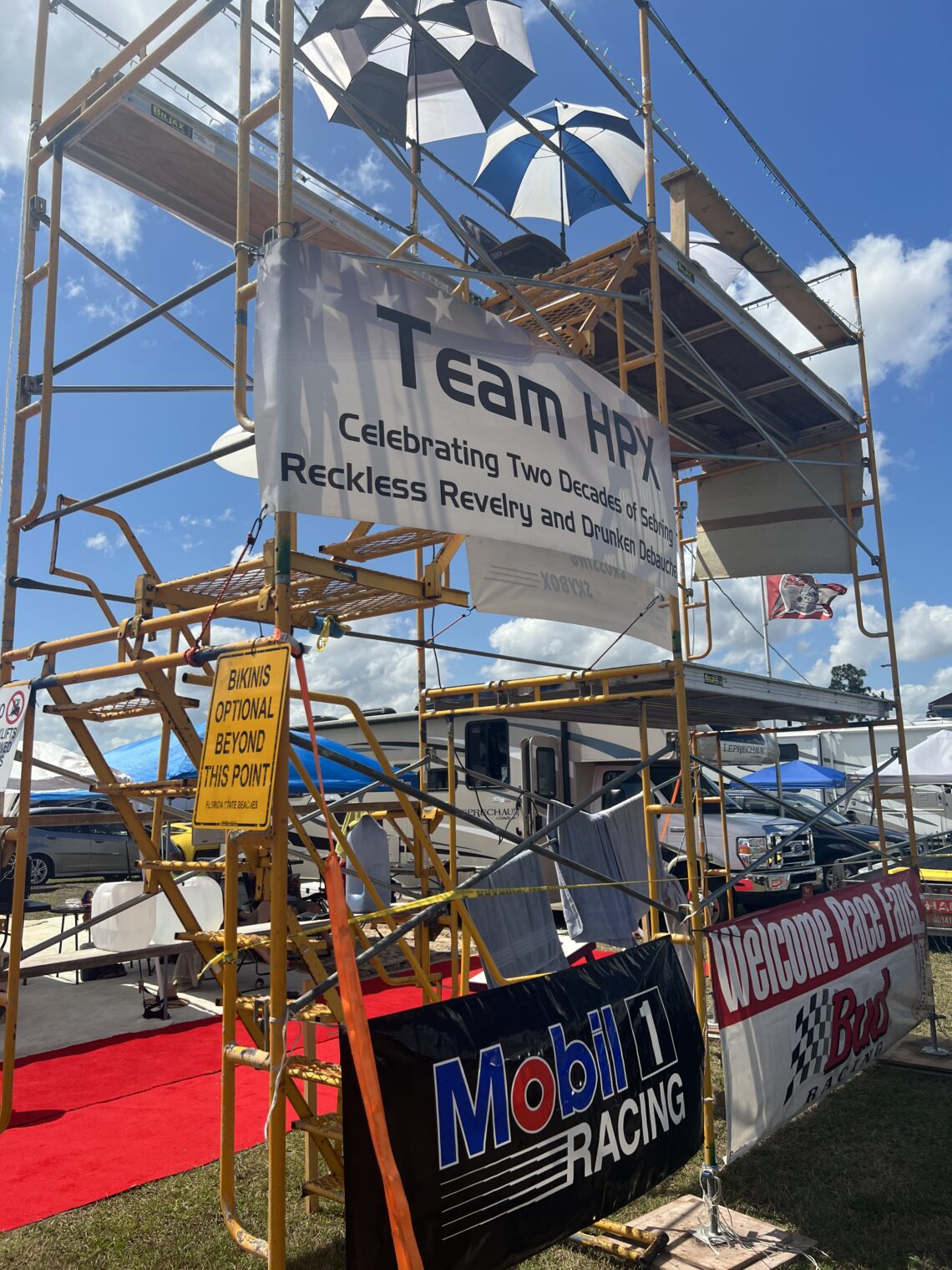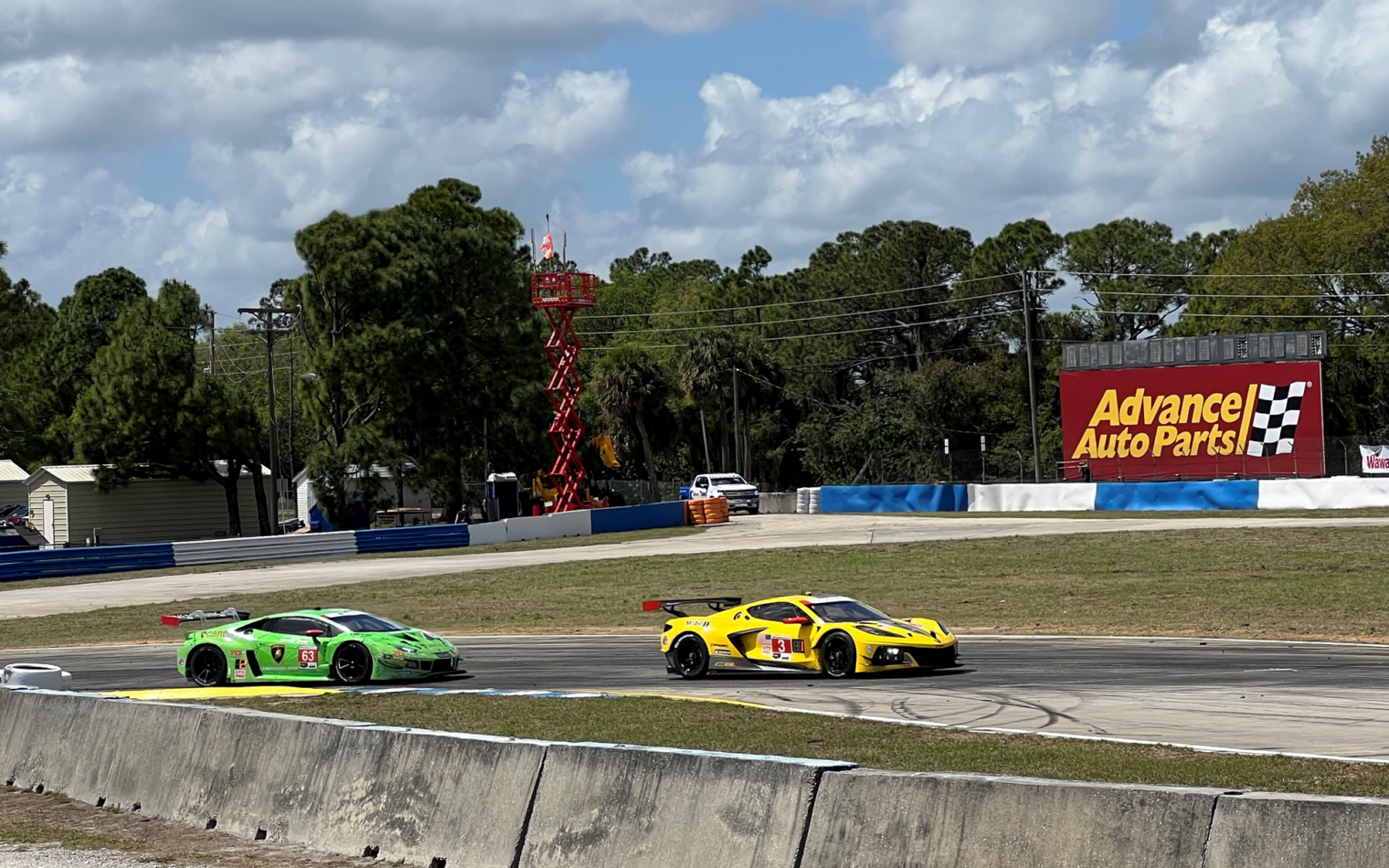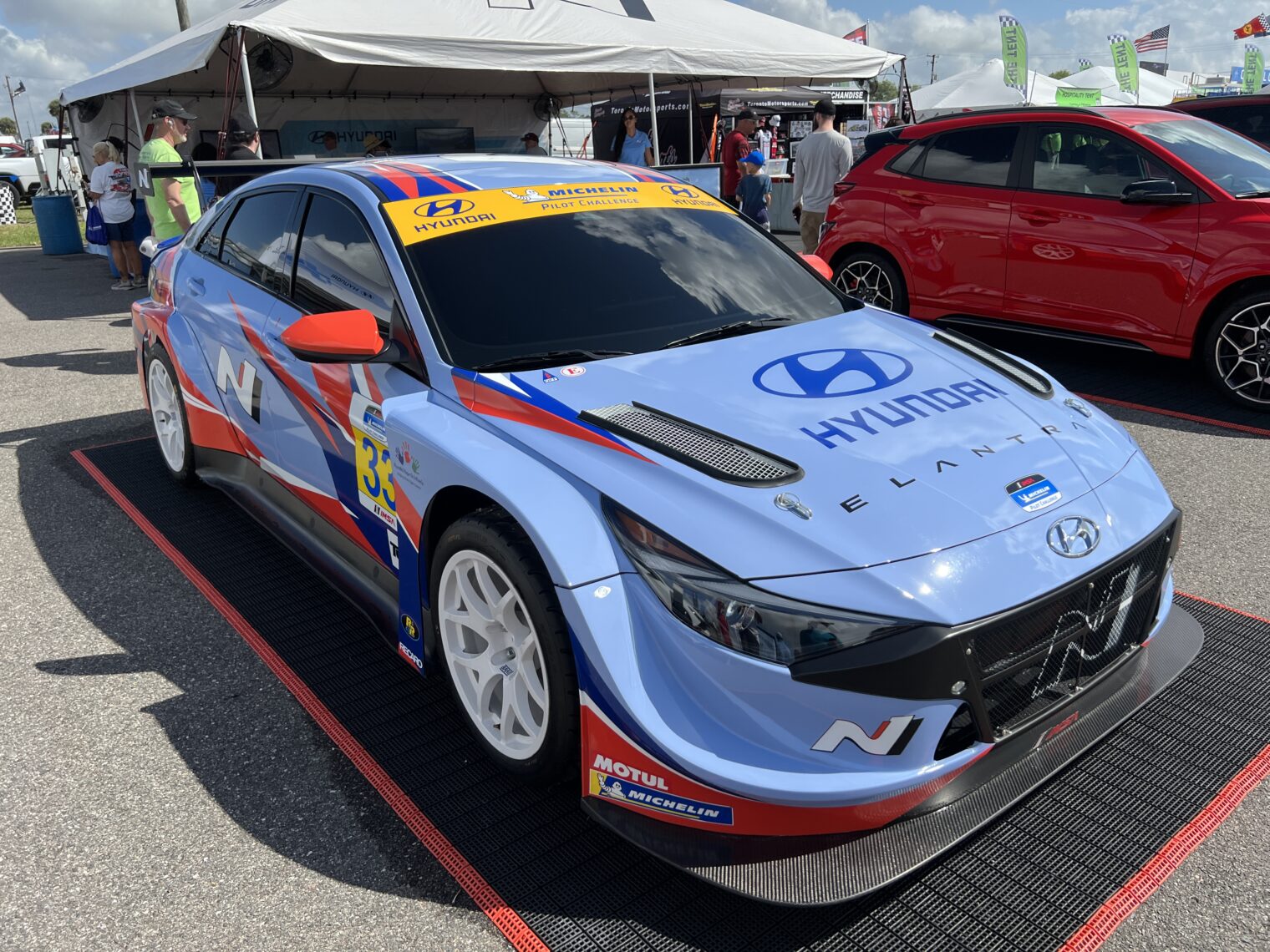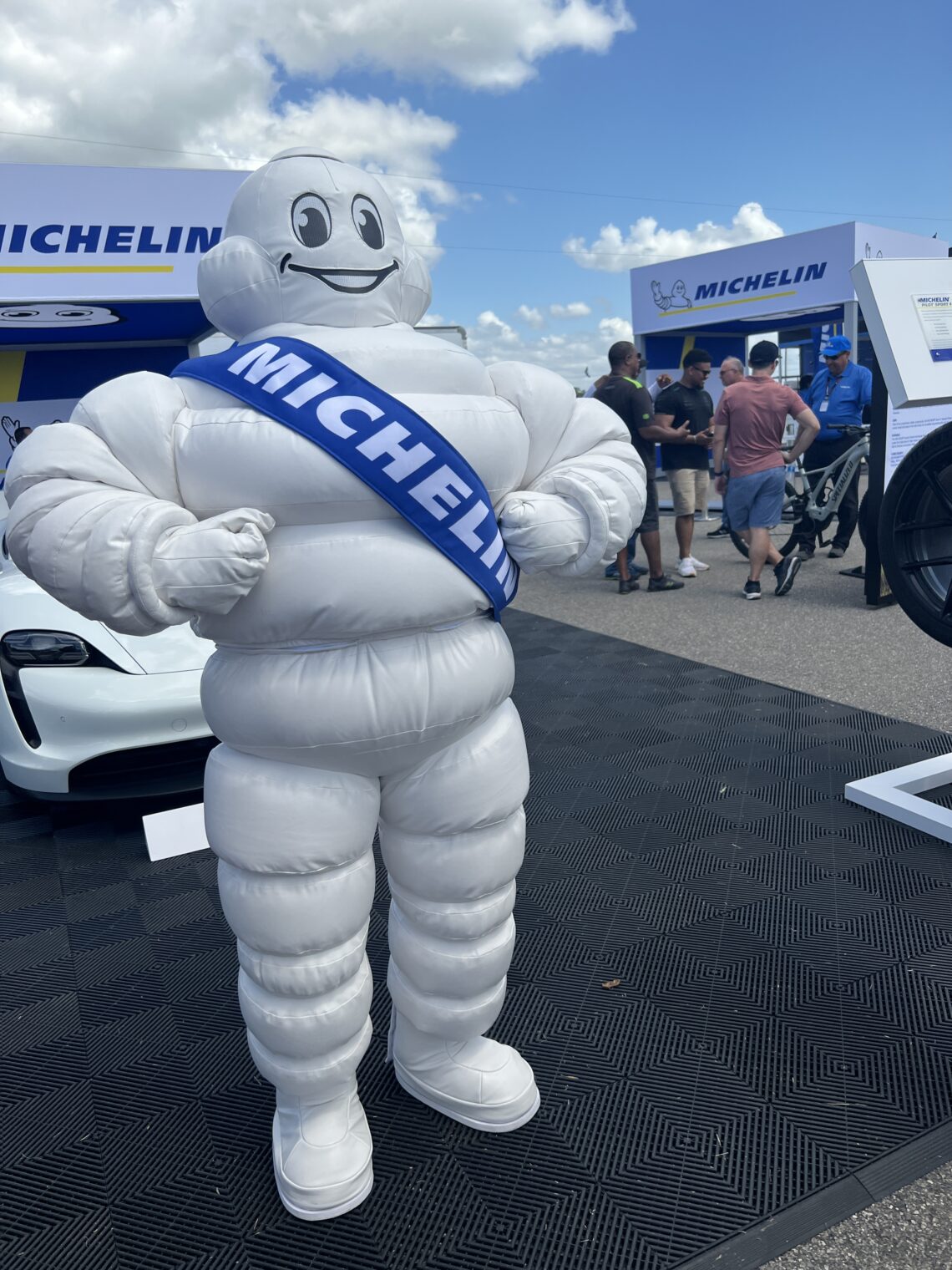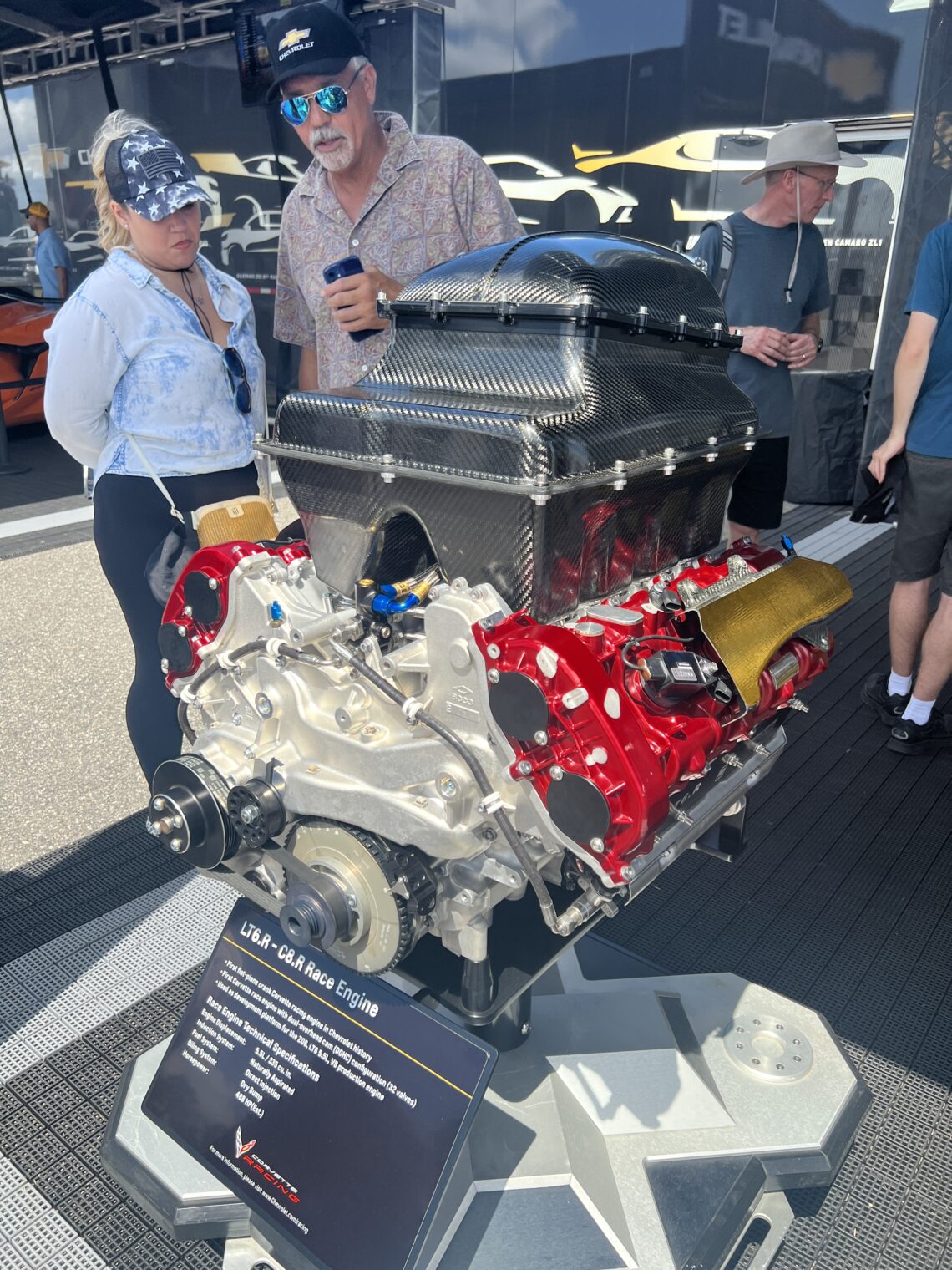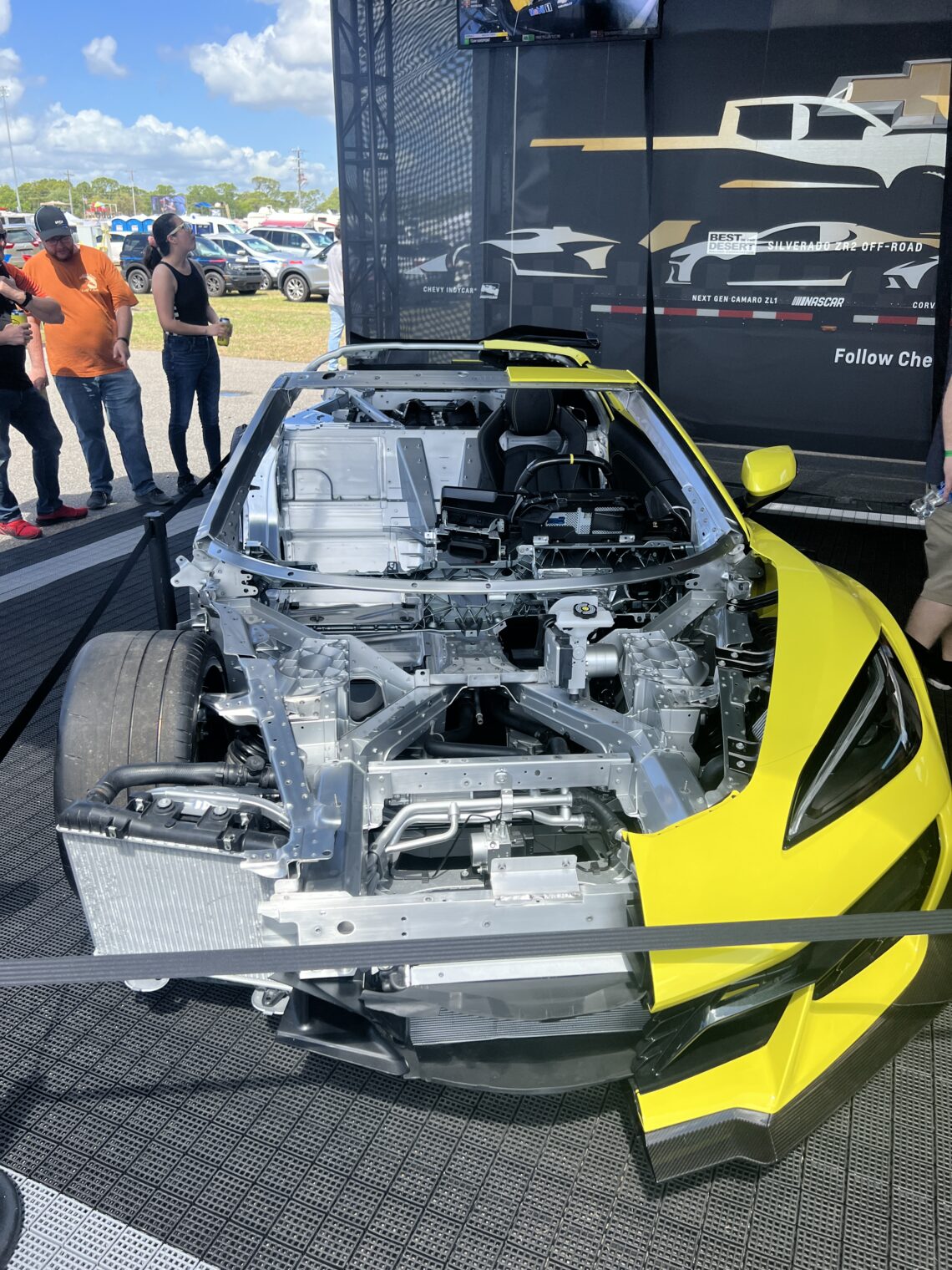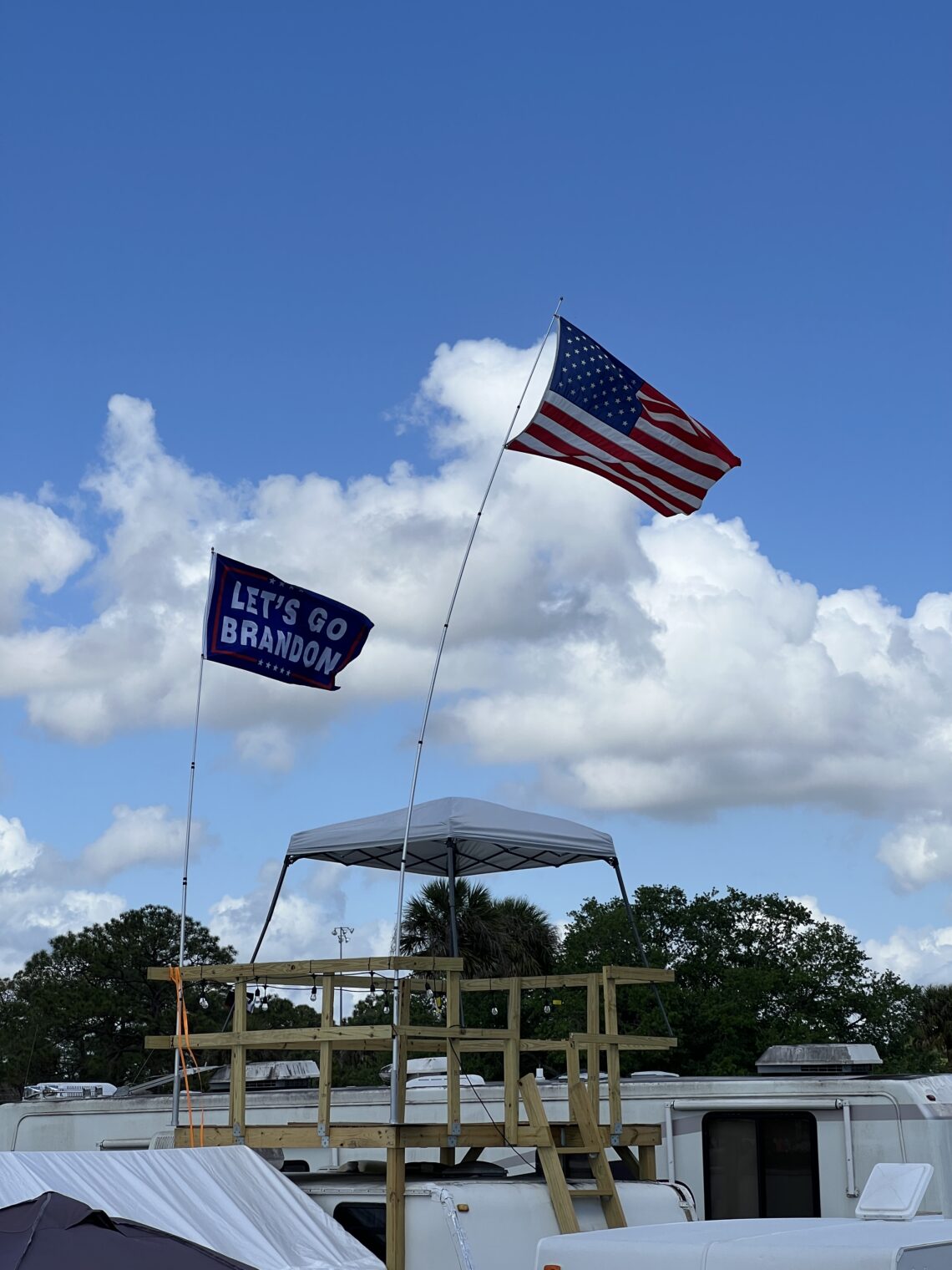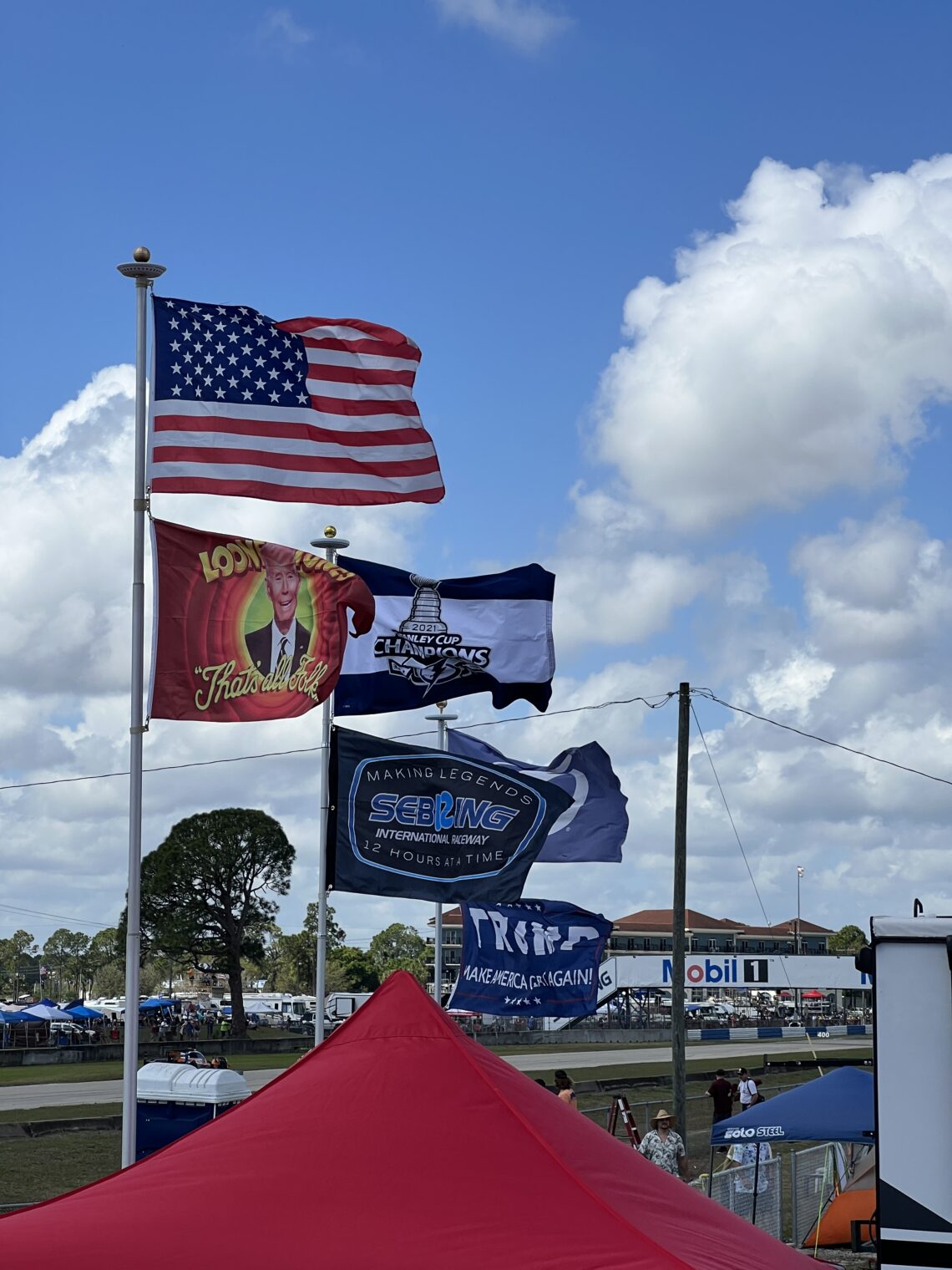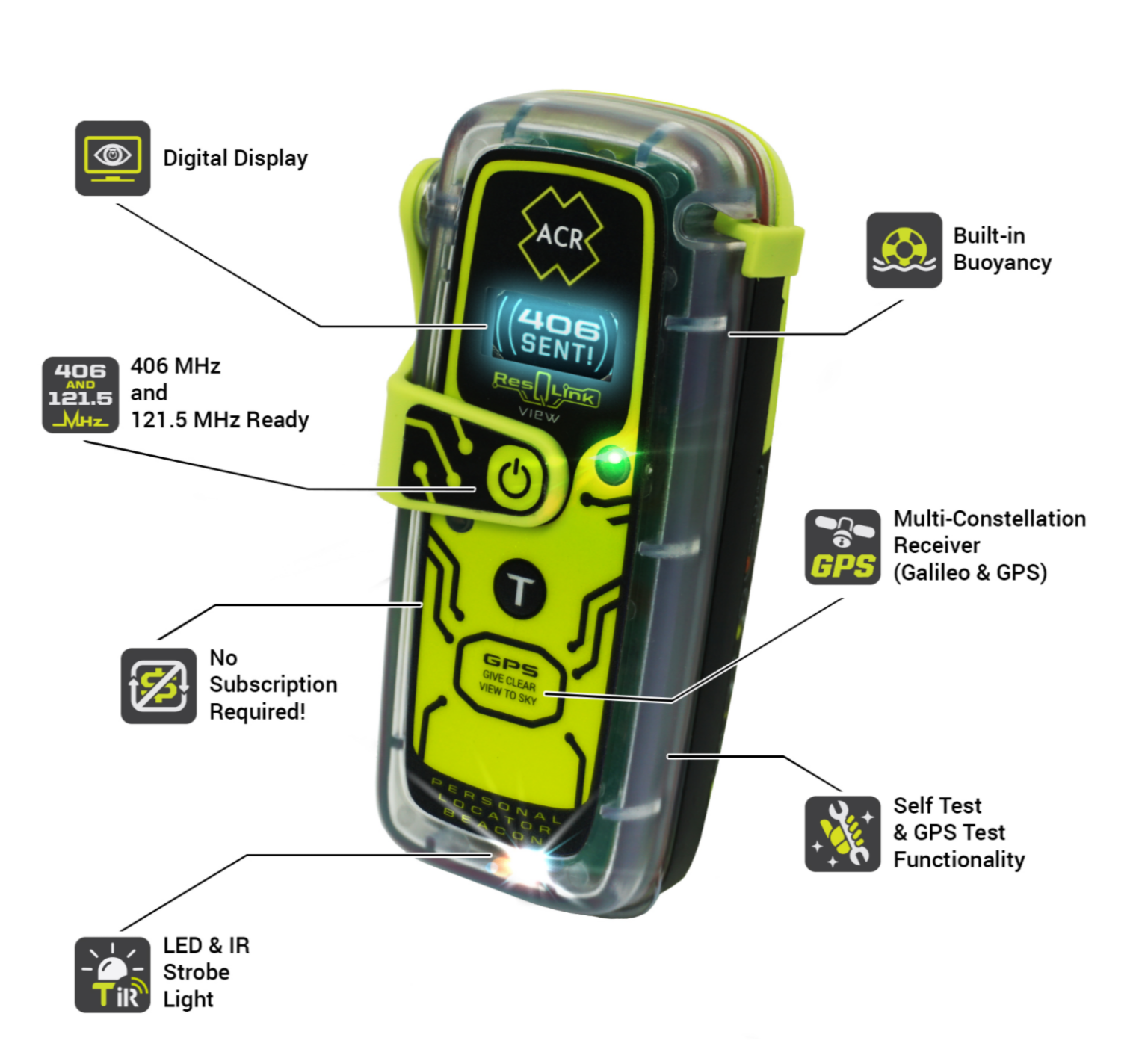A hero flies the Cessna Caravan to Palm Beach
Tom Cruise is a pretty good pilot in real life and an even better one in Top Gun: Maverick, but my vote for pilot of the year goes to Darren Harrison, the passenger whose journey from the Bahamas is covered in “Air traffic controller guides passenger to safe landing at PBIA after pilot has medical emergency” (WPBF). The audio is available at liveatc.net (search for KFPR, then KFPR Tower, then click the “archive access” link and finally May 10 at 16Z. The action starts at 11:21 into the clip (the passenger’s full phone number is on the tape so you can text him congratulations!).
The aircraft is N333LD and here’s the path from flightradar24:
The passenger’s task was made more difficult by modern avionics. This ad for the plane shows that it is equipped with the Garmin G1000 flight deck. So the controller asked the passenger-turned-pilot to press the IDENT button, but there is no button labeled IDENT as there would have been with a discrete transponder. (With the advantage of 20-20 hindsight, what the controller should have said was “press and hold the button that has two arrows on it to tune the emergency frequency of 121.5” and then the talk-down wouldn’t have had to occur via mobile phone (good thing the passenger’s phone battery did not run out!).)
The turboprop-powered Caravan is pretty slow,, but it is not a beginner’s plane. Fortunately, the float gear had been removed! Here was what the plane used to look like:
What did he have to deal with at KPBI? The good news is that the big runway is 10,000′ long and there were just a few scattered clouds 4,200 and 4,600 feet above the airport. The bad news is that it is 10/28 (east-west) and the wind was reported from the north at 11 knots gusting 17.
KPBI 101553Z 02011G17KT 10SM SCT042 SCT046 26/15
A student pilot with 20 hours of training probably wouldn’t have been signed off by his/her/zir/their instructor to operate in that kind of crosswind.
liveatc.net also has the KPBI Tower archived (May 10 at 1630Z). Almost everything that we desperately want to hear was being said on a mobile phone call directly between ATC and the newly minted Caravan pilot. (Contrary to popular belief, the typical controller does not know how to fly a plane. My sources suggest that the phone call was between the passenger and Robert Morgan, who is a controller but also an FAA certificated flight instructor (“CFI”).) Perhaps worth a listen to PBI Tower starting around 5:00. At 8:45, a few minutes after the landing, we learn that the winds were 050 at 10 gust 16 (not quite as bad a crosswind as indicated by the METAR of 40 minutes earlier, but still more than a soloing student would likely be signed off for).
Update: interview with Robert Morgan… “a Jupiter resident”! (Trigger warning for Californians: the page shows Morgan and “the passenger” (still anonymous) without masks and less than 6′ apart.)
Loosely related, “you should be sitting back with your slippers and pipe”…
Garmin tooketh away to some extent with the G1000, but Garmin giveth back with Autoland, which would have been perfect for this situation.
Related:
- Talk-down aircraft landing (Wikipedia), in which we learn that many of the people described by the media as “passengers” turn out to be either student pilots or rusty but fully certificated private pilots.
